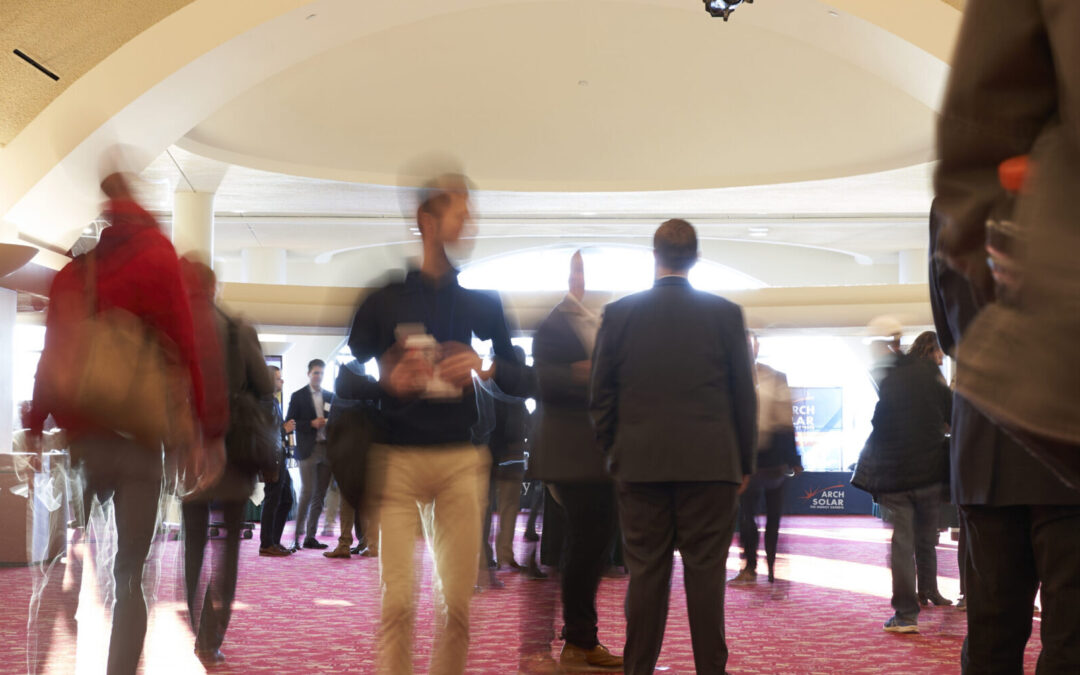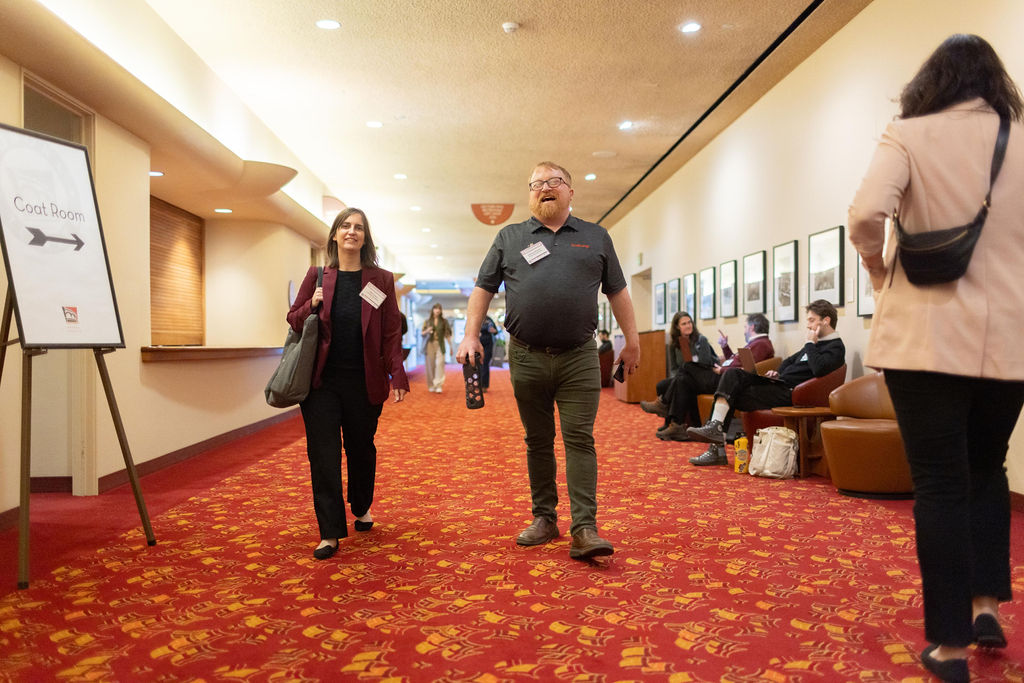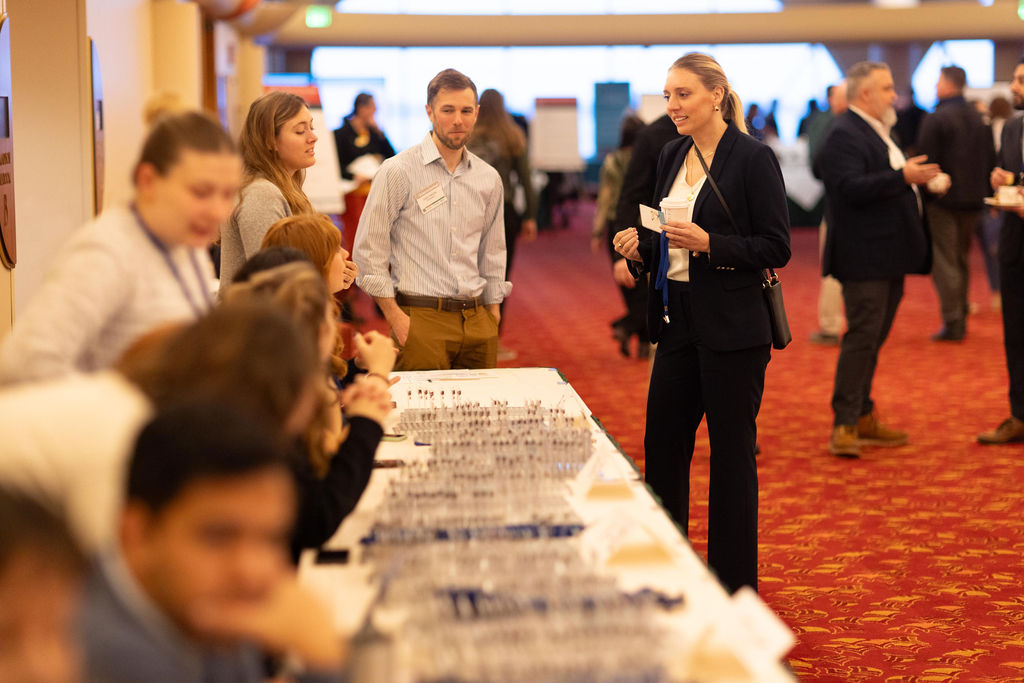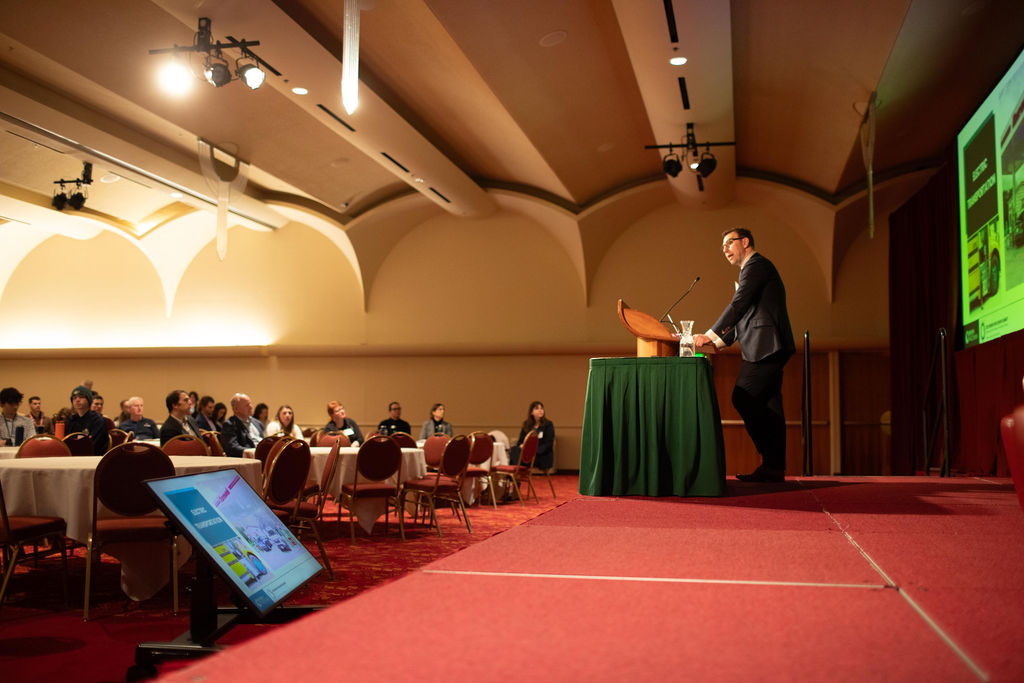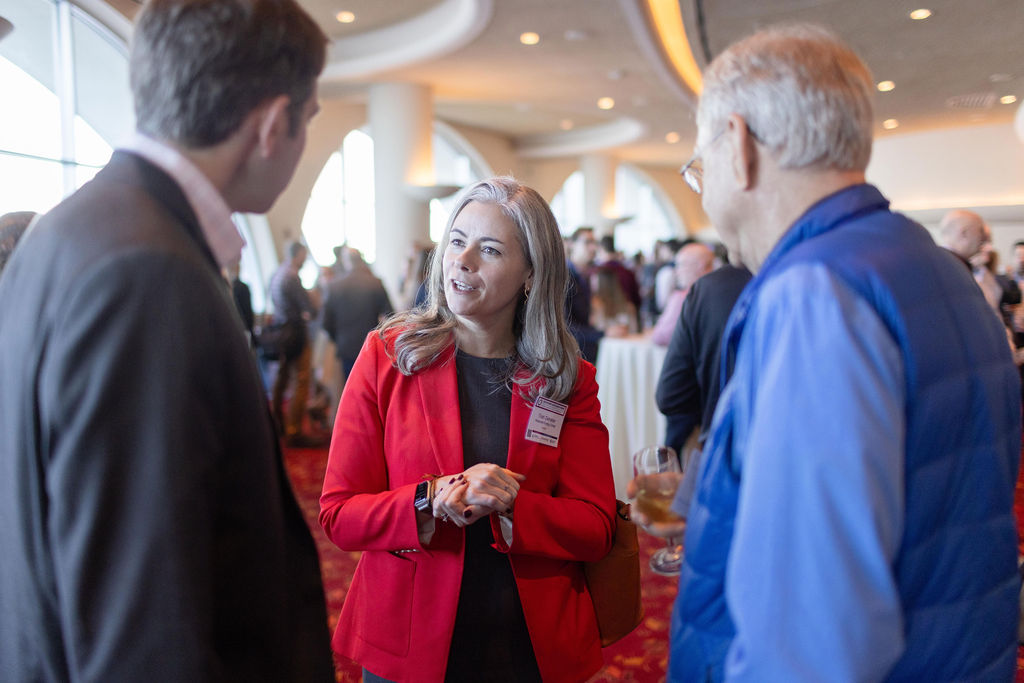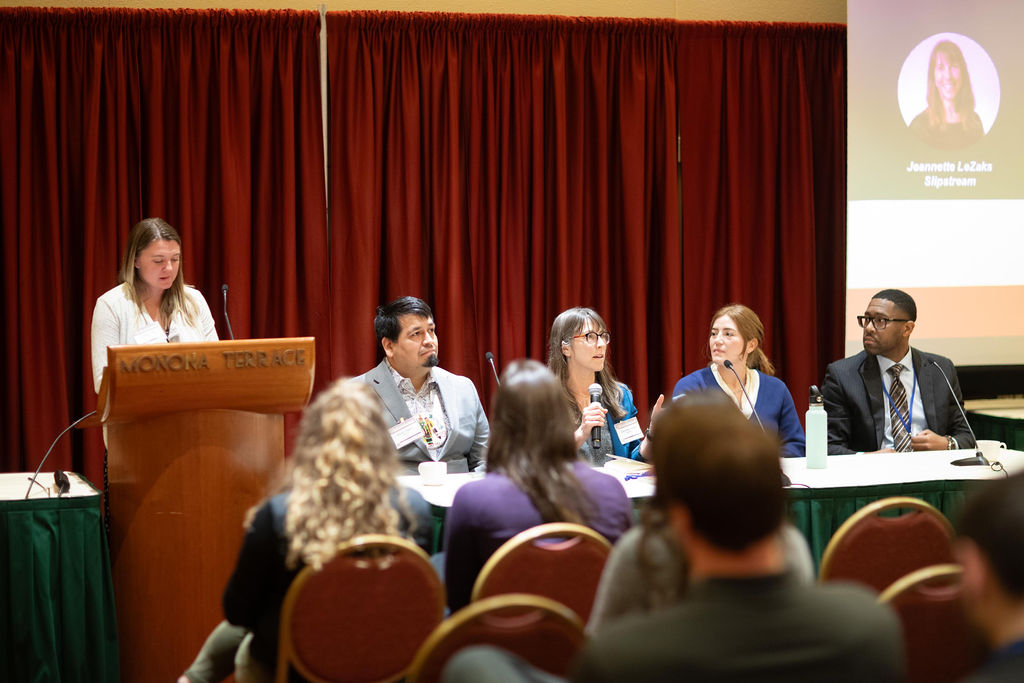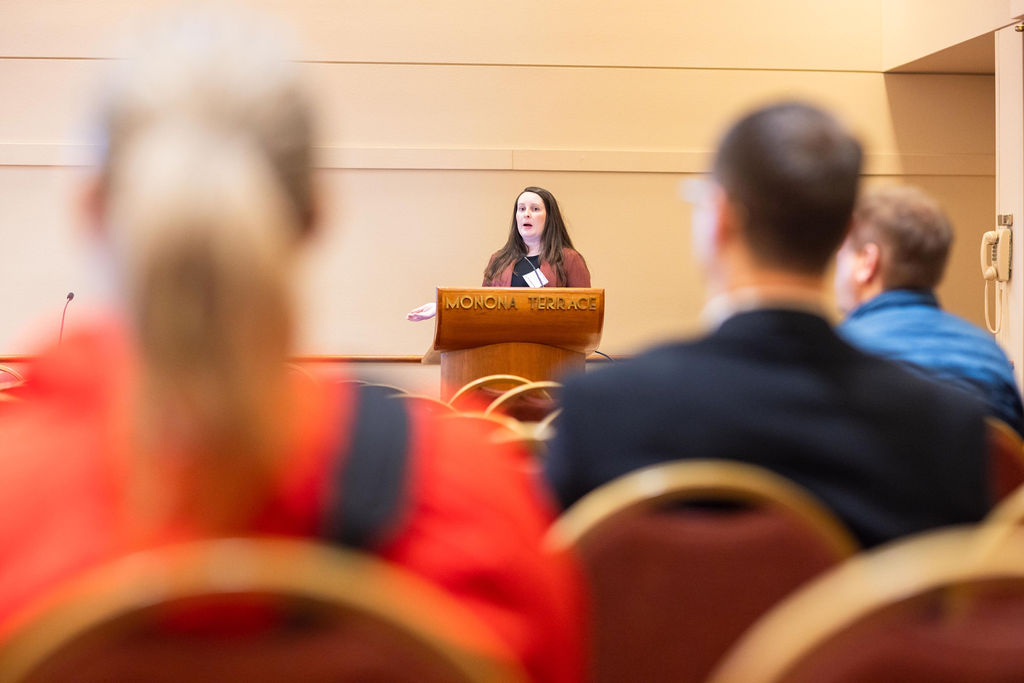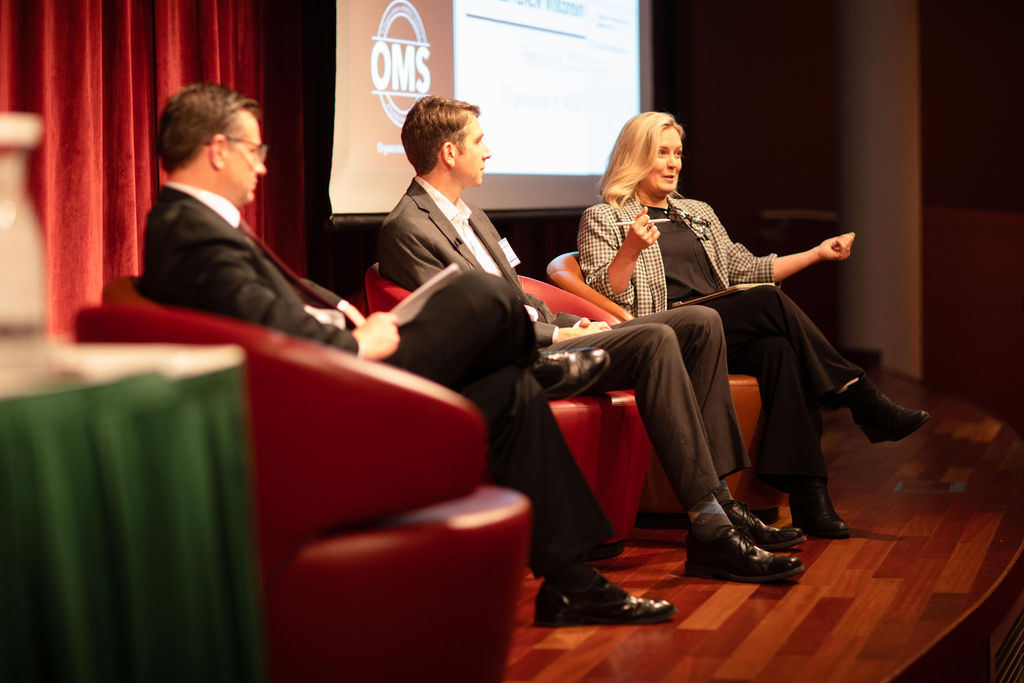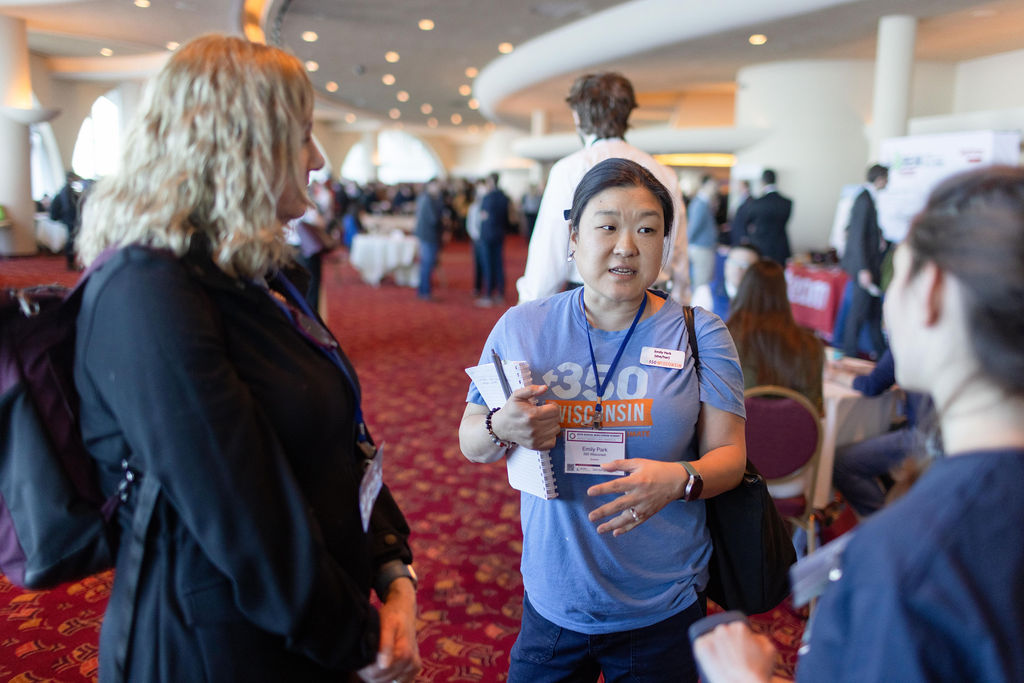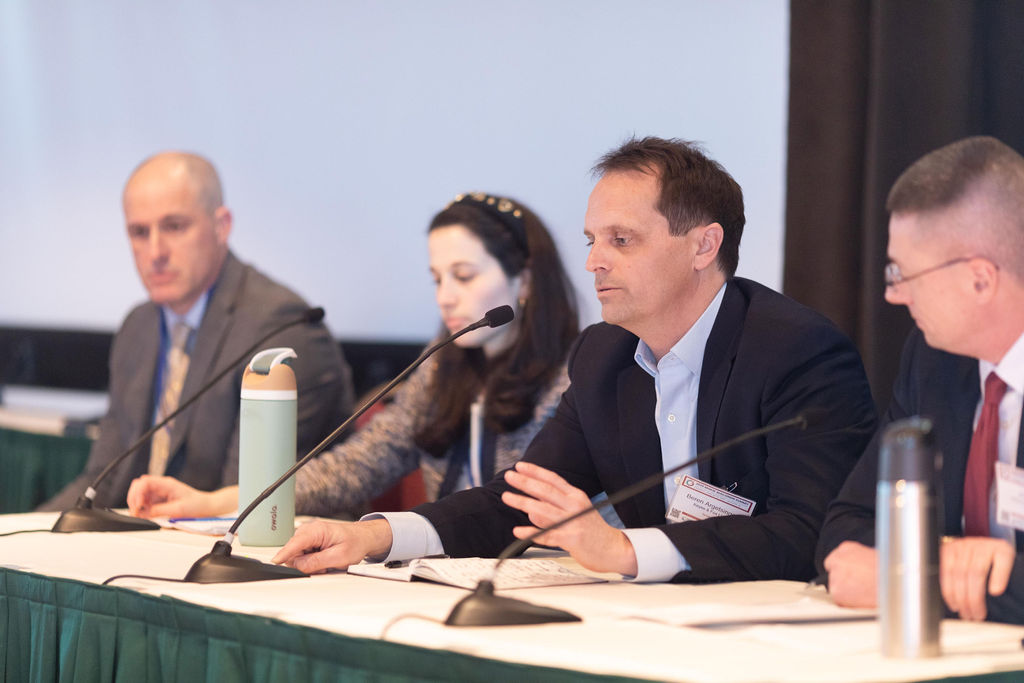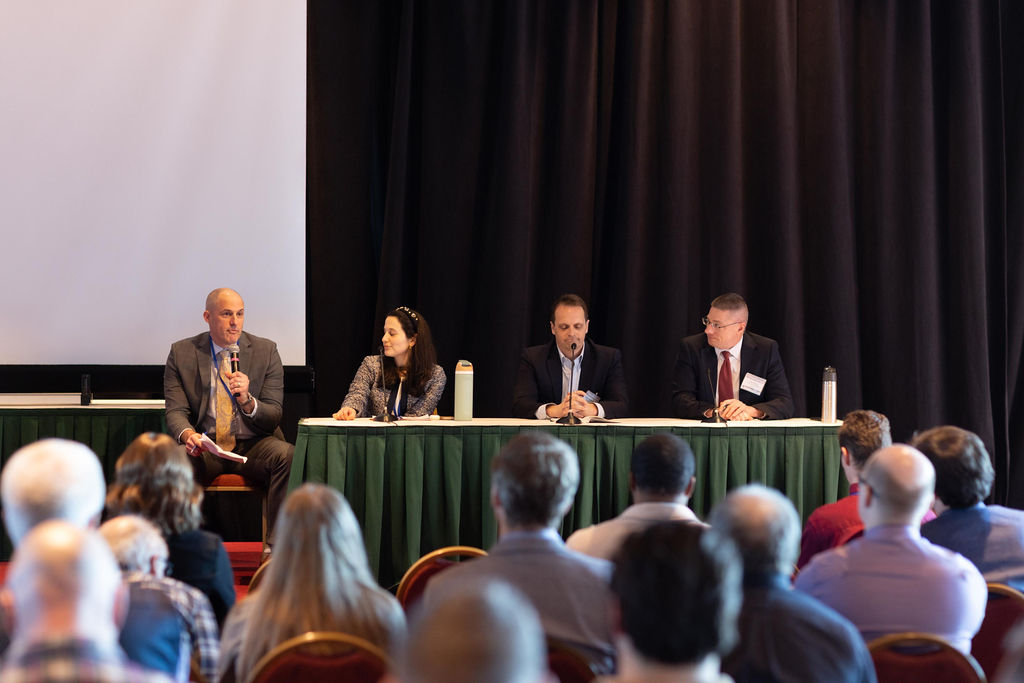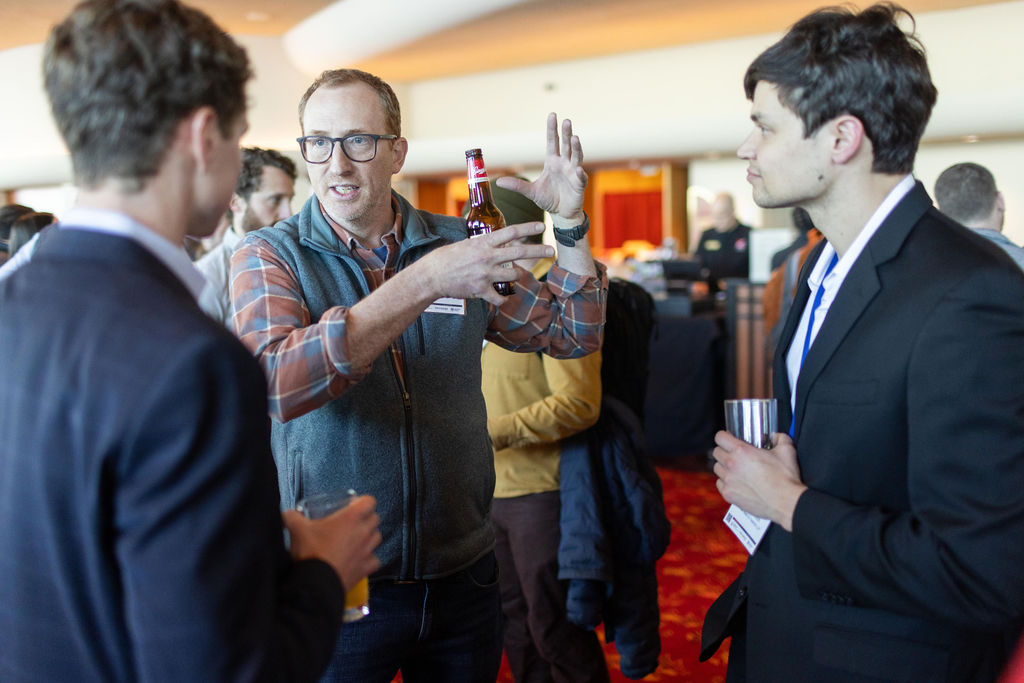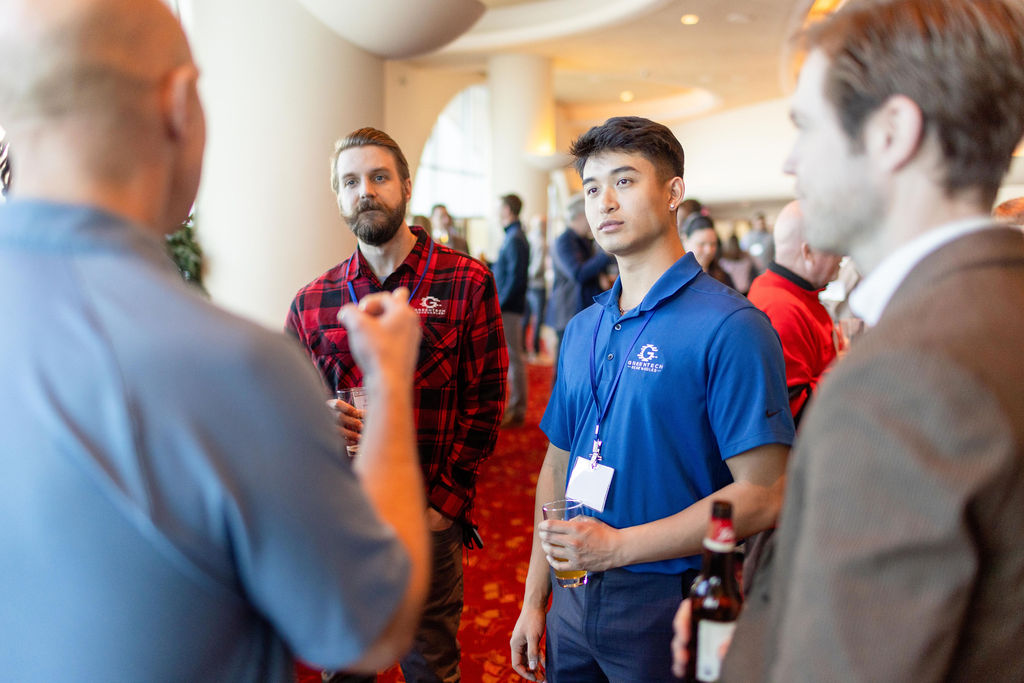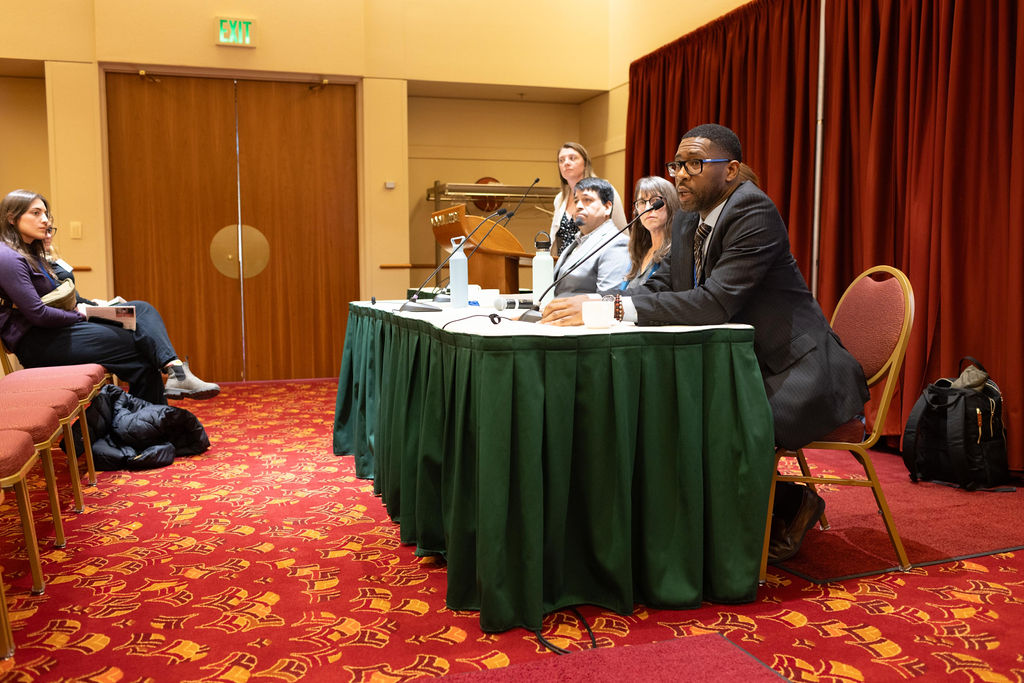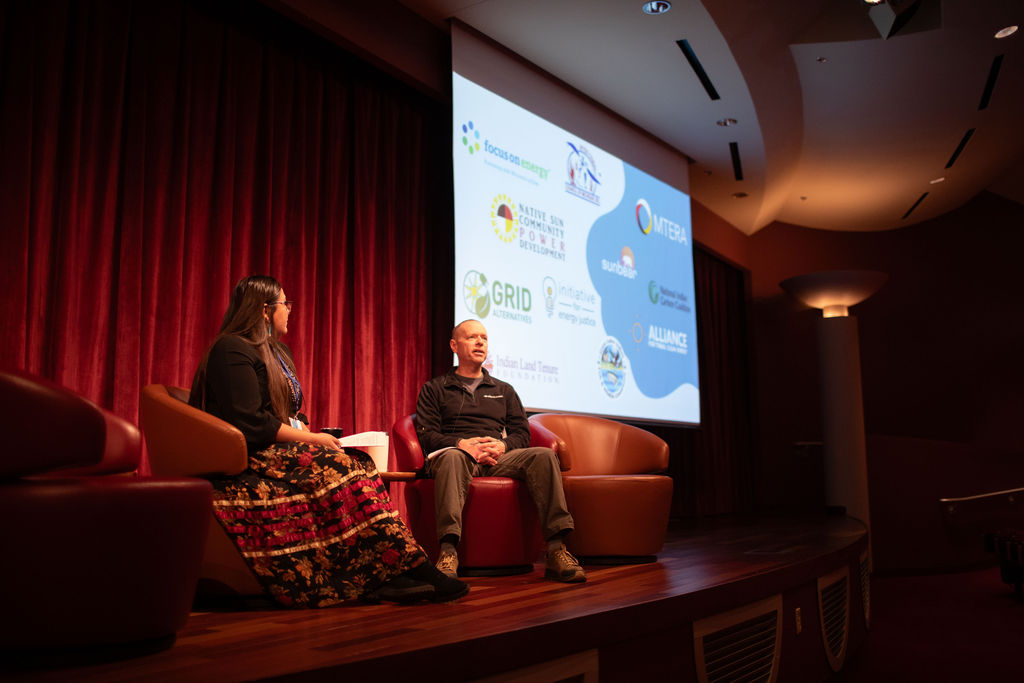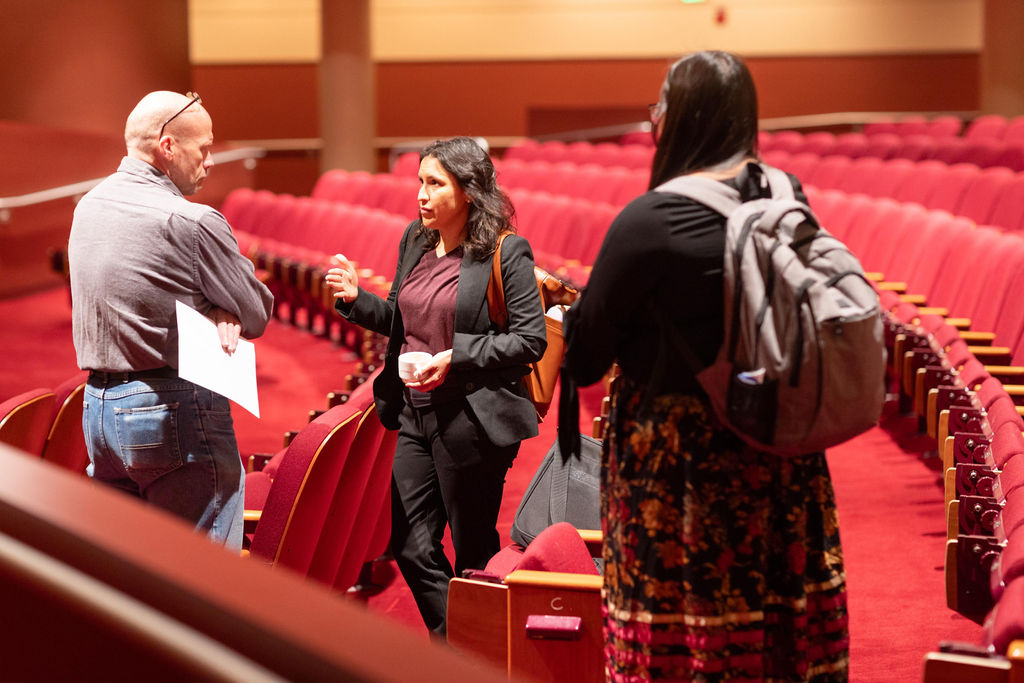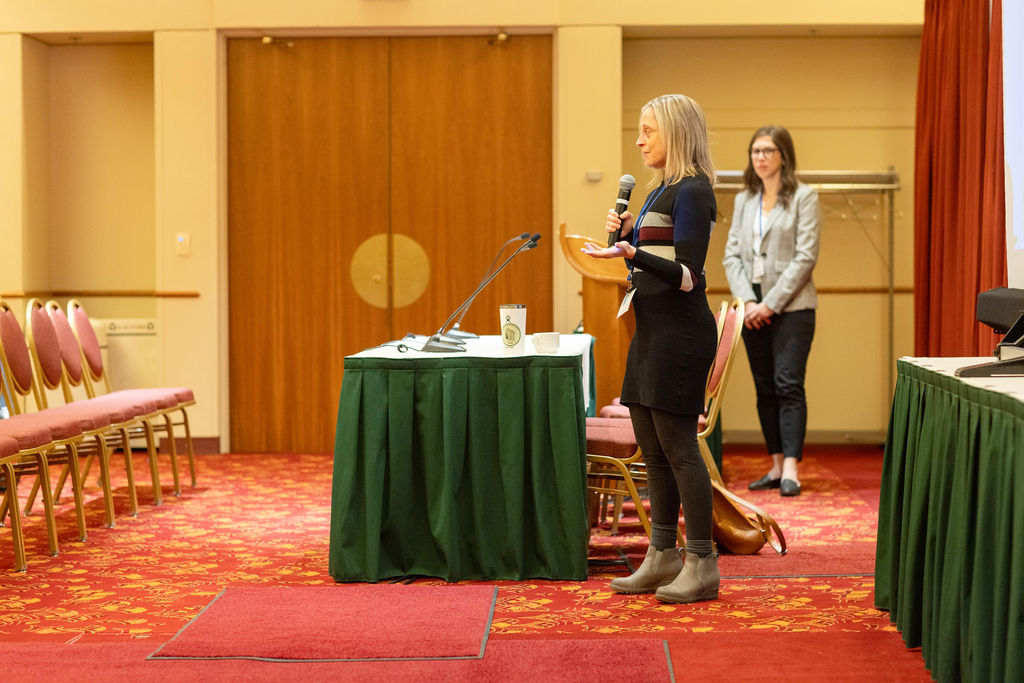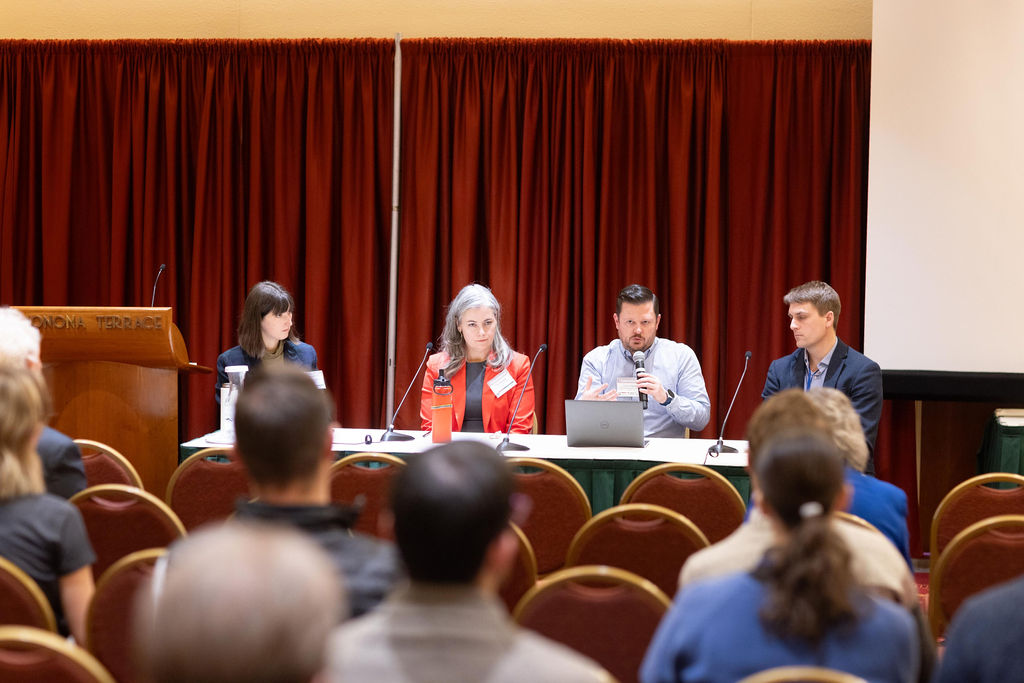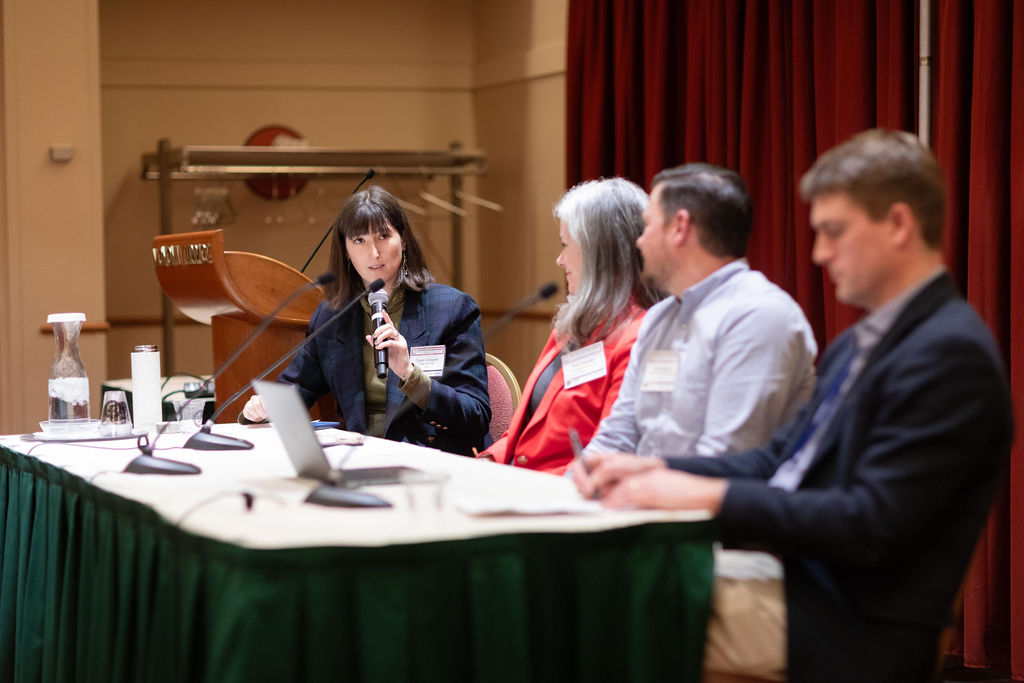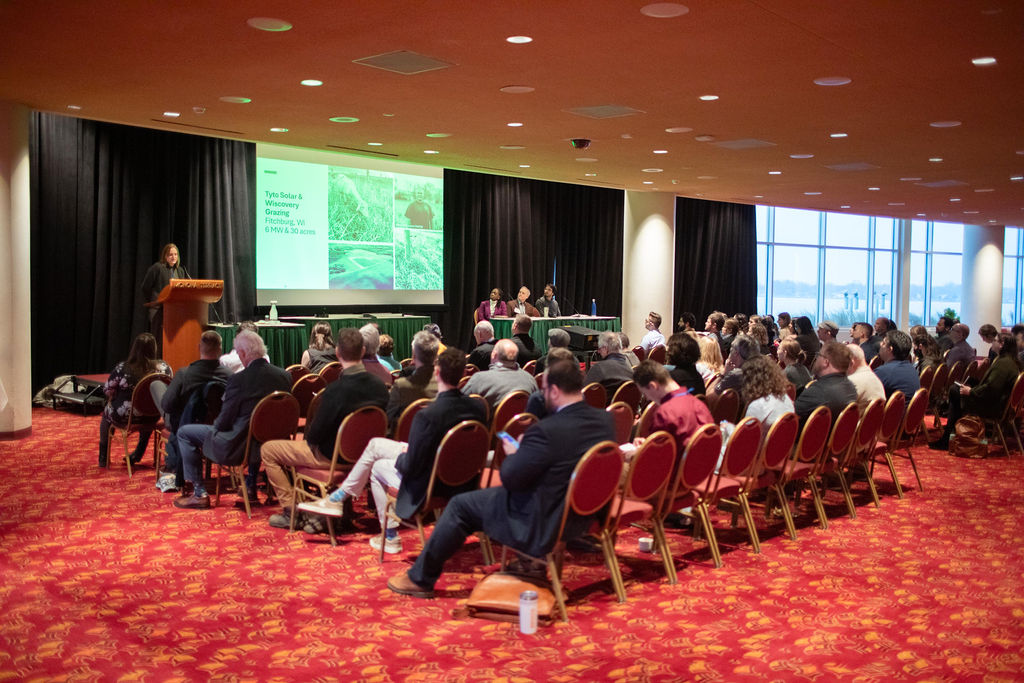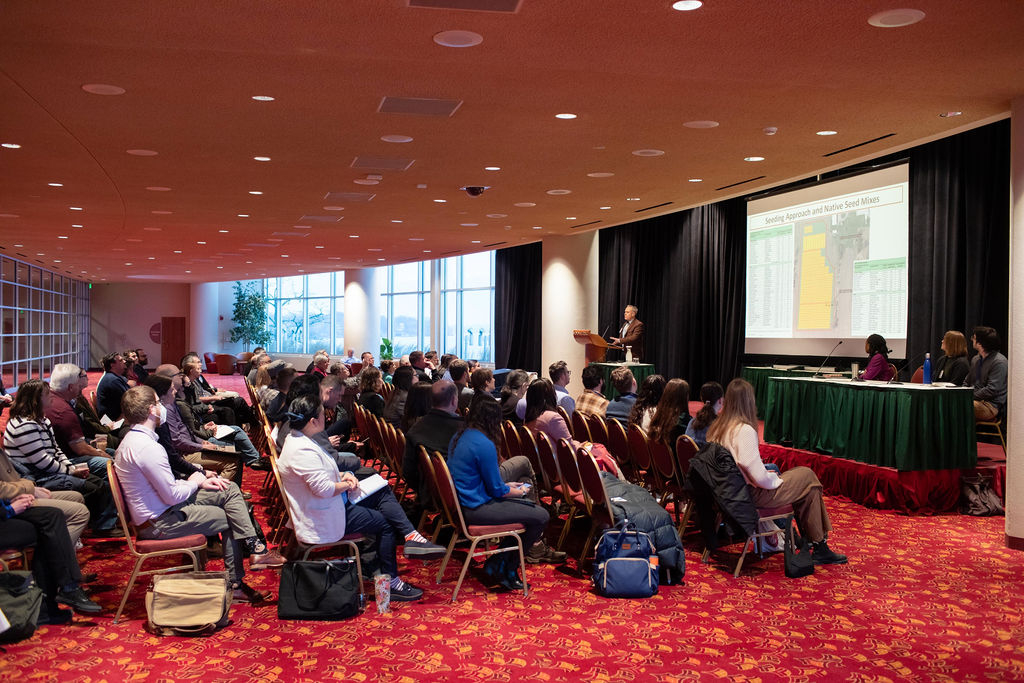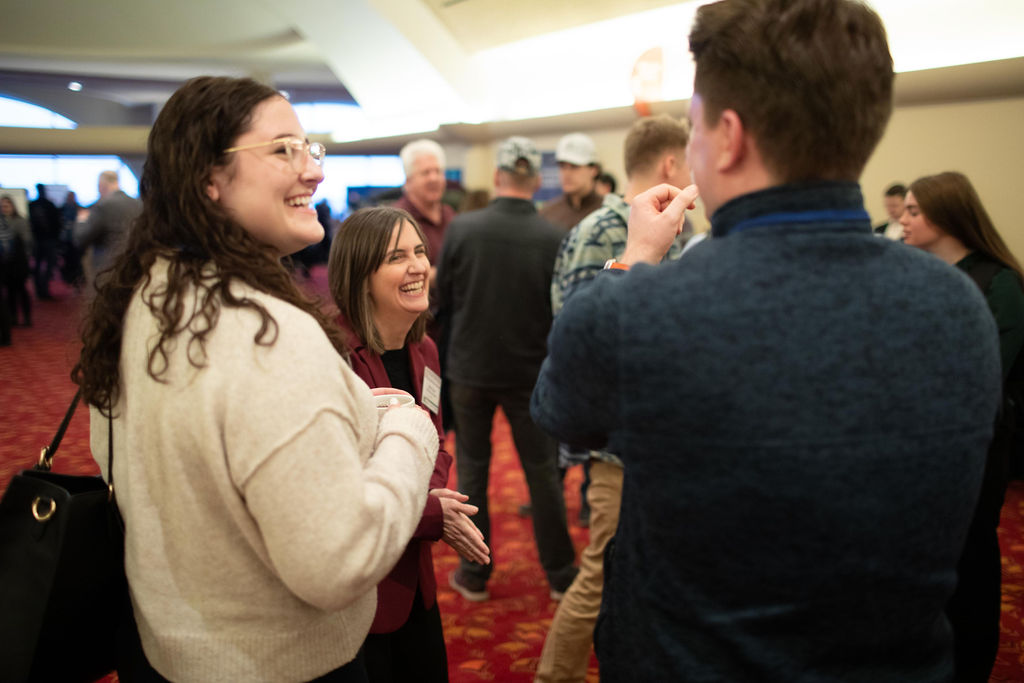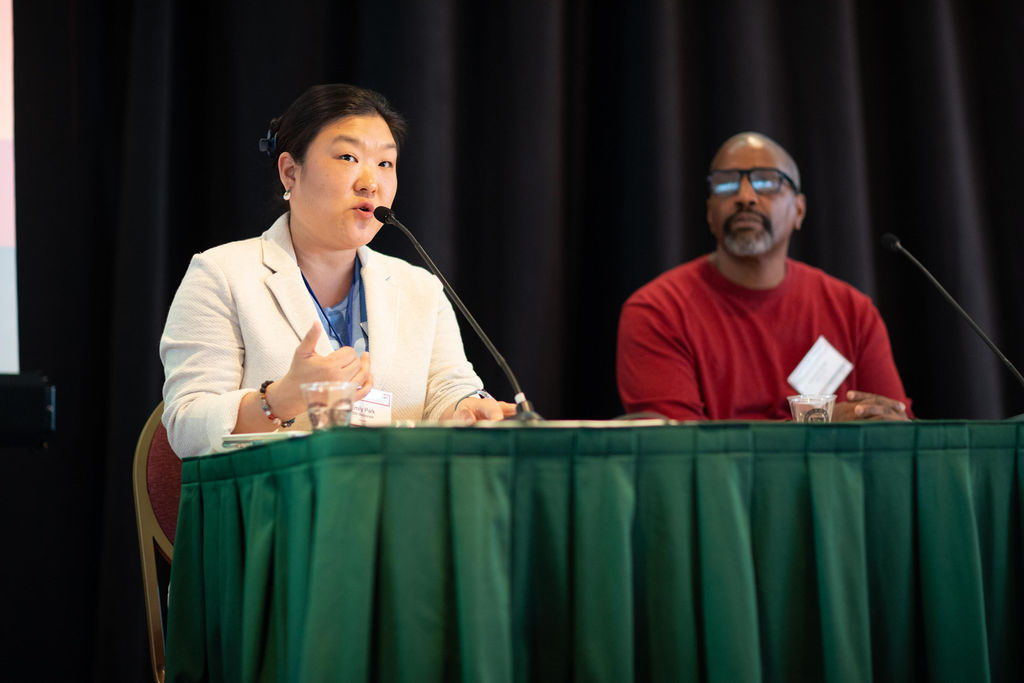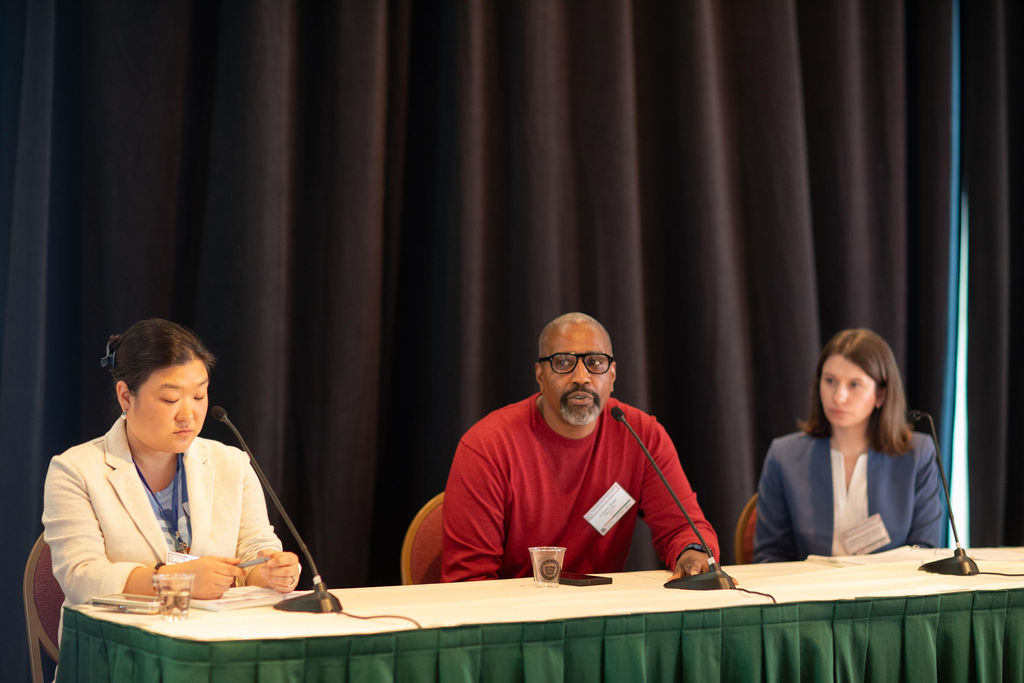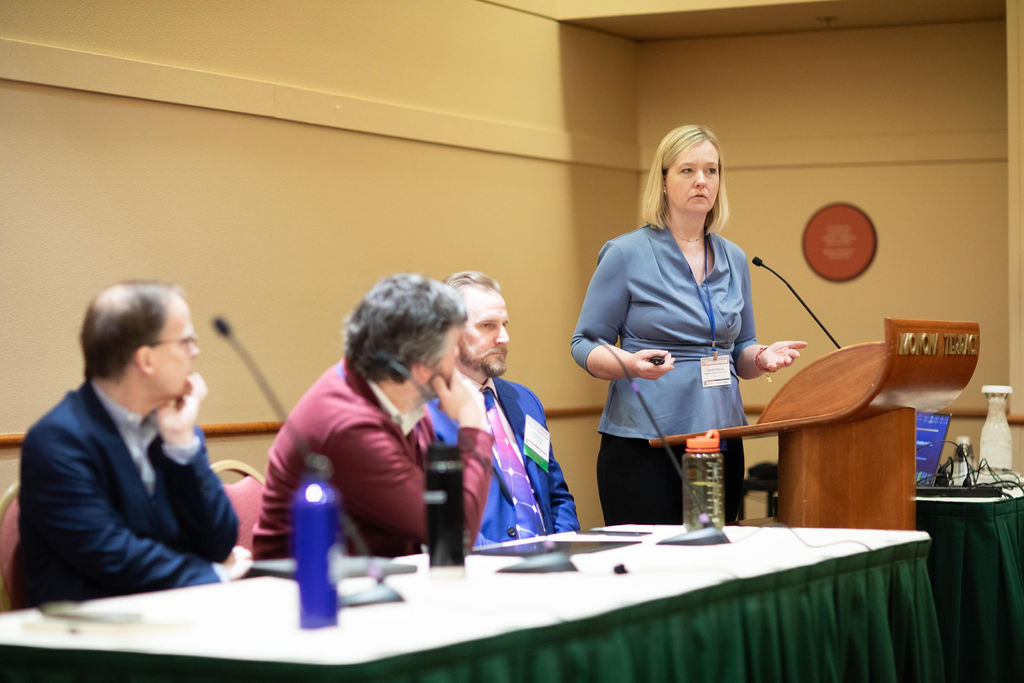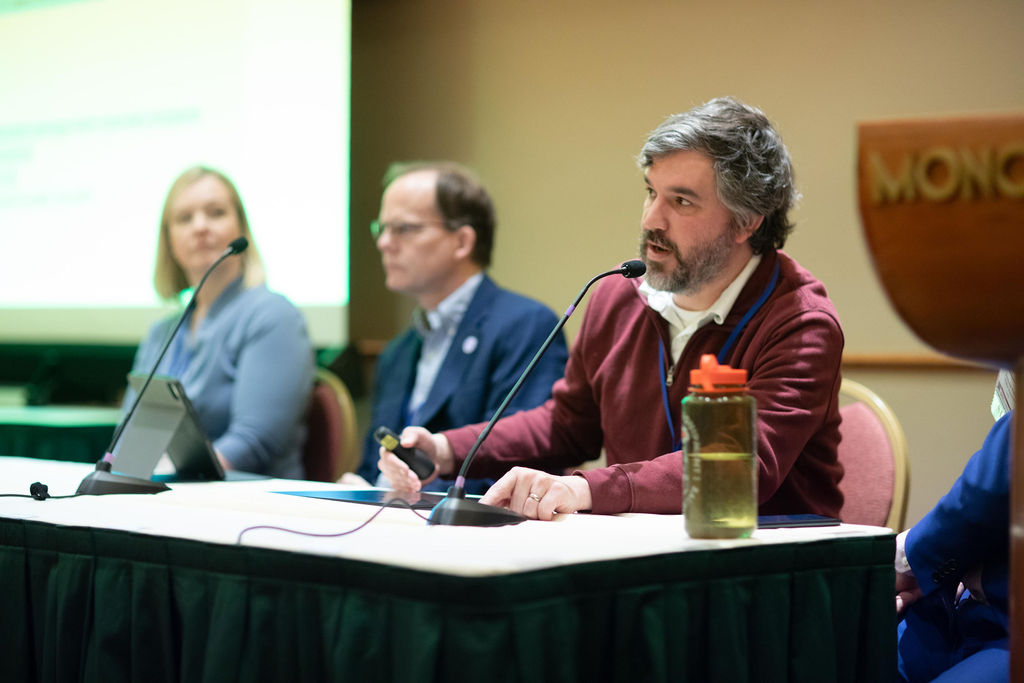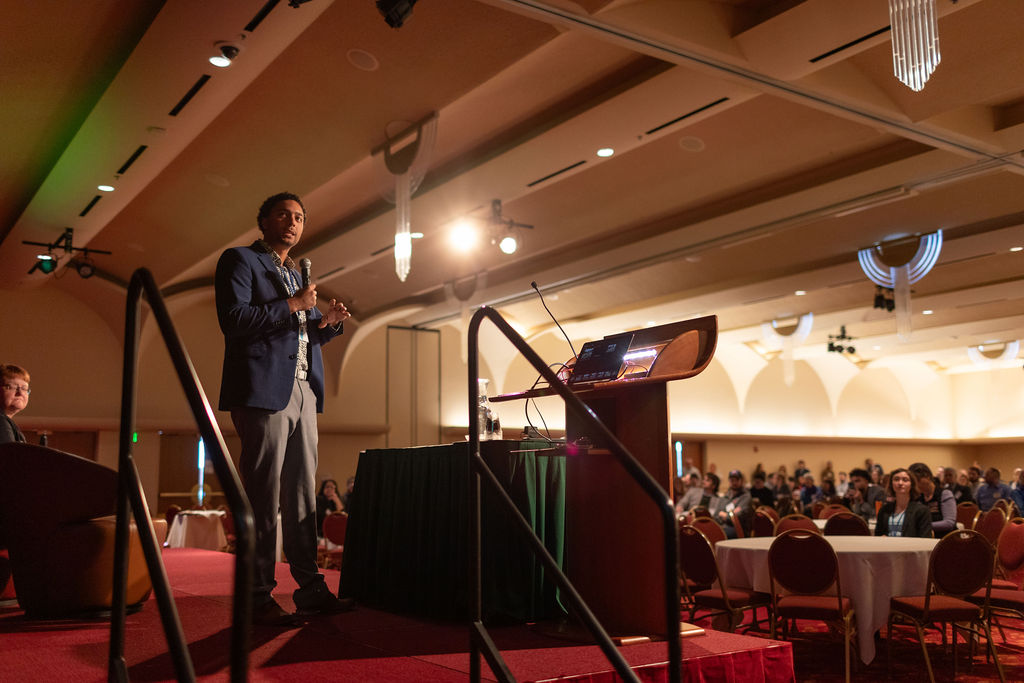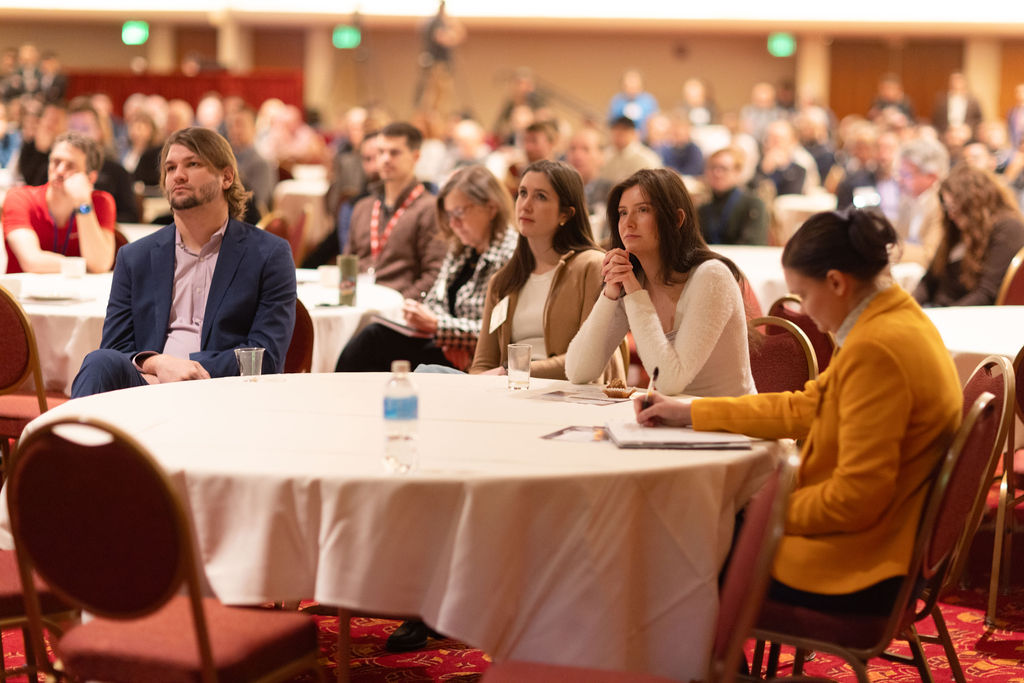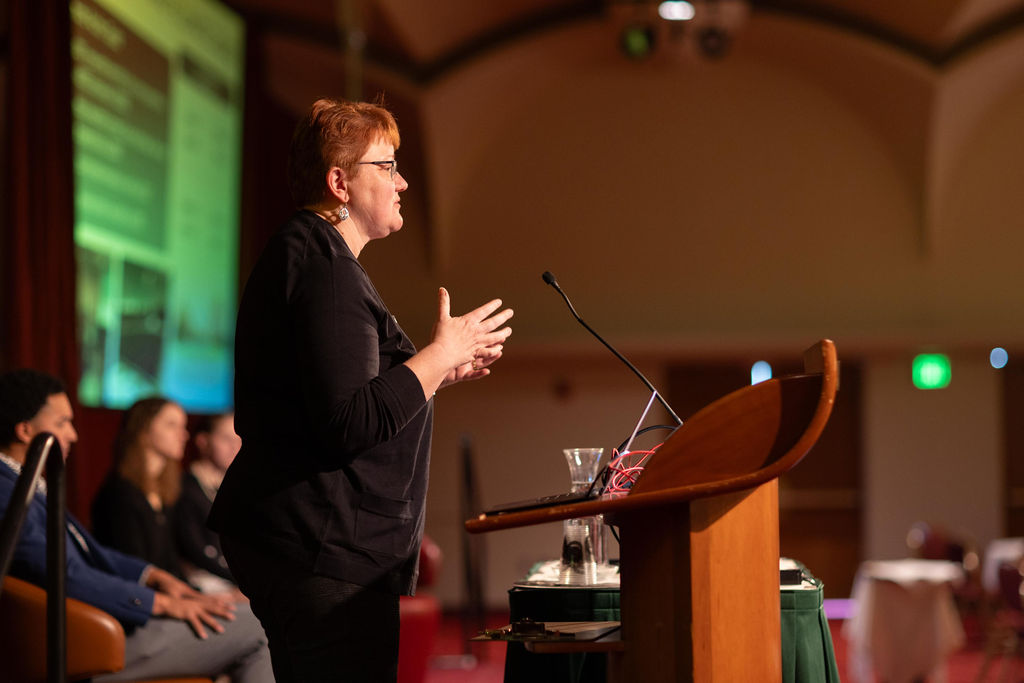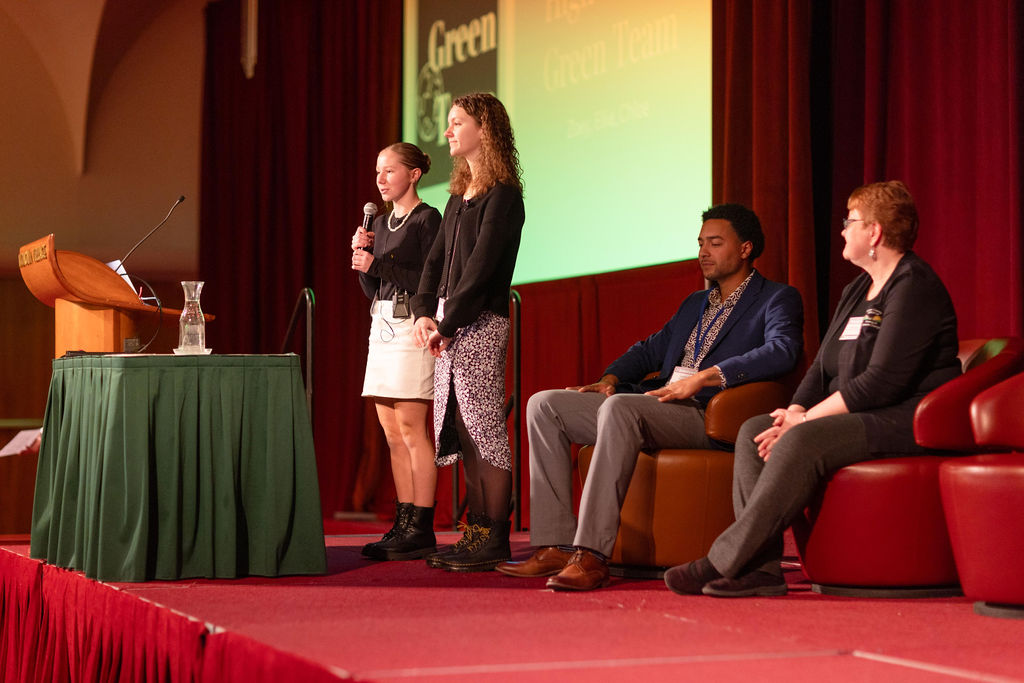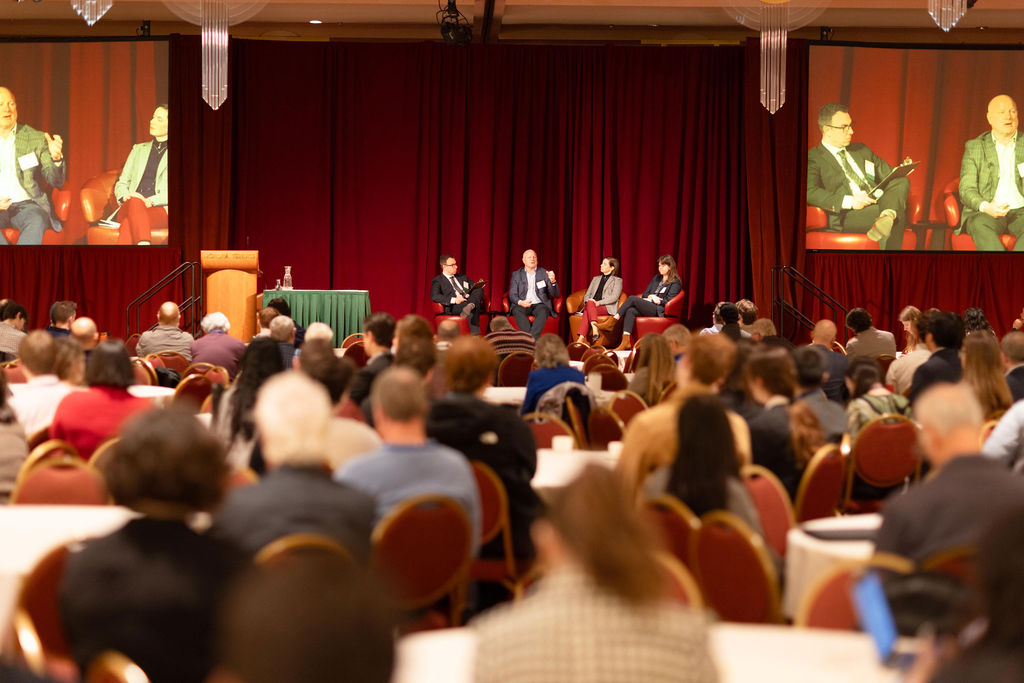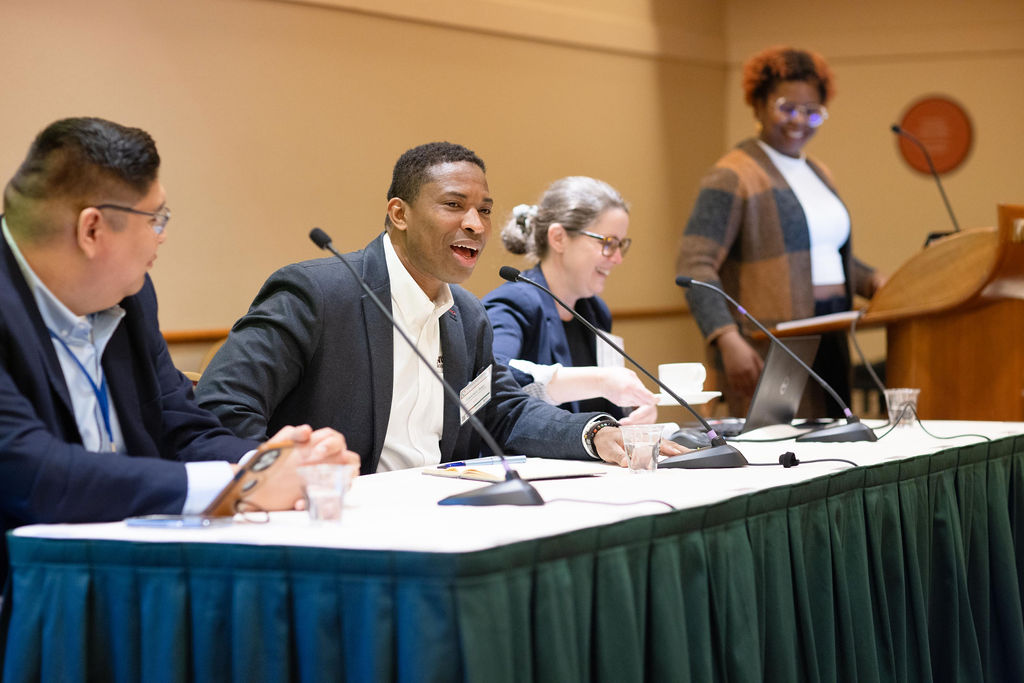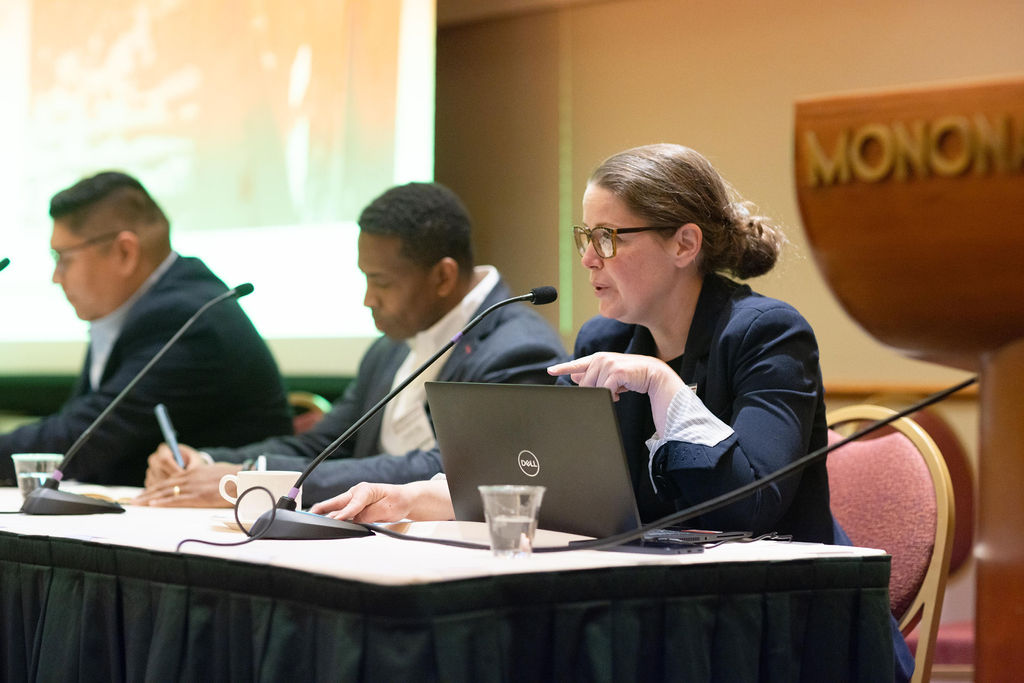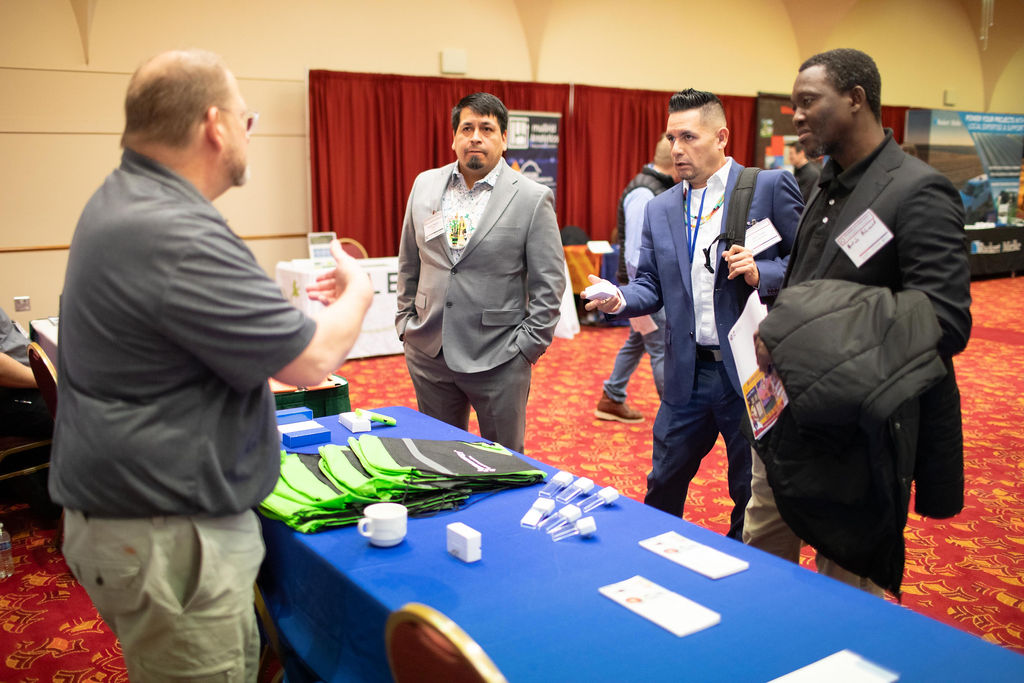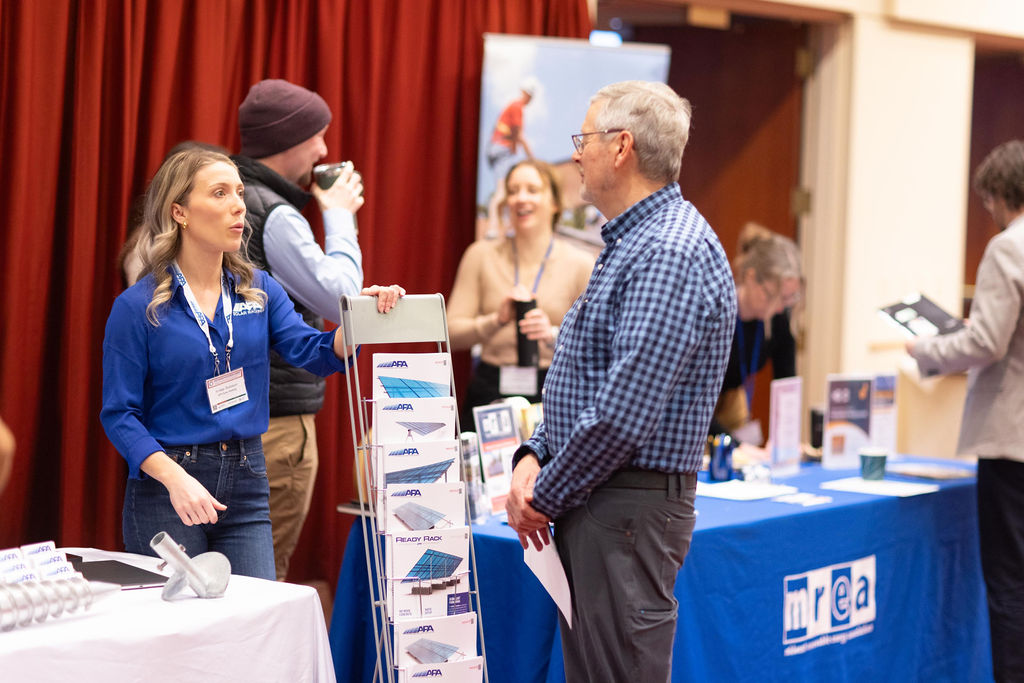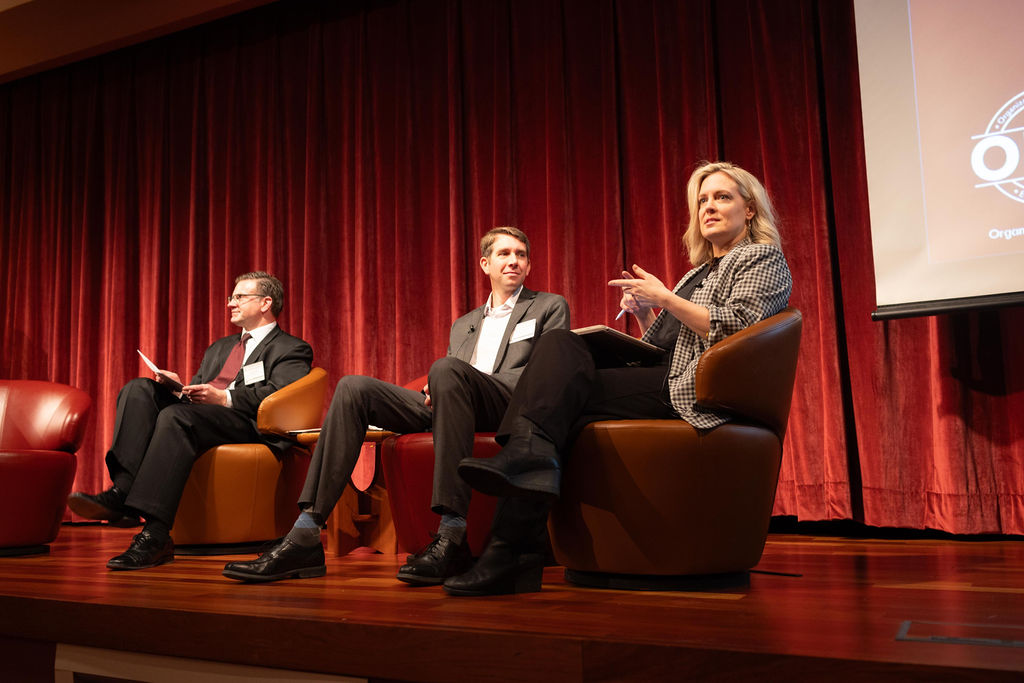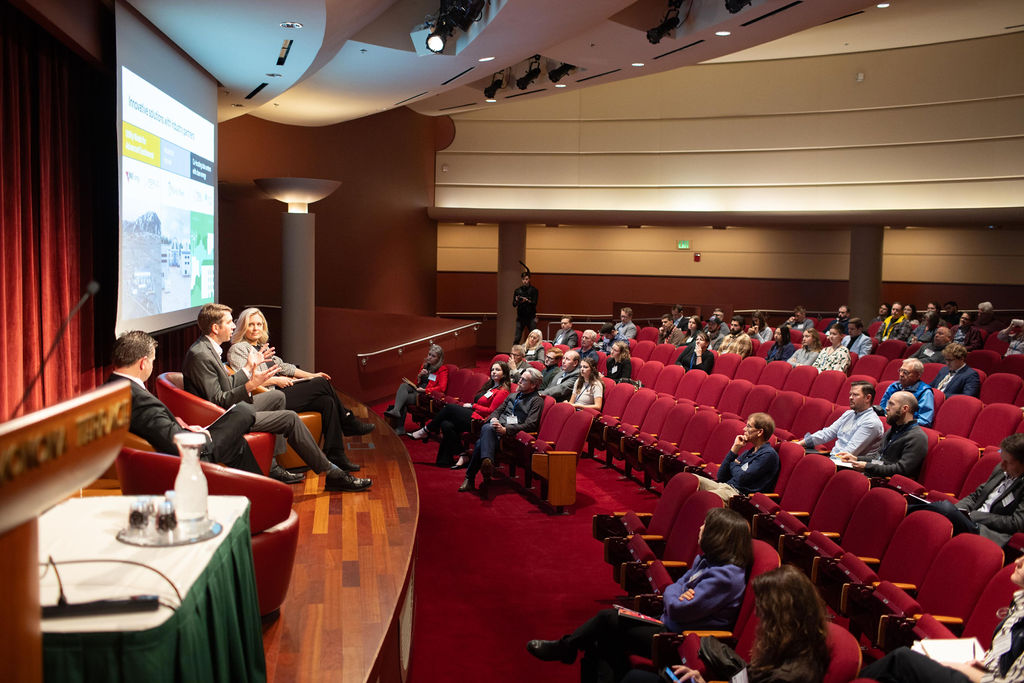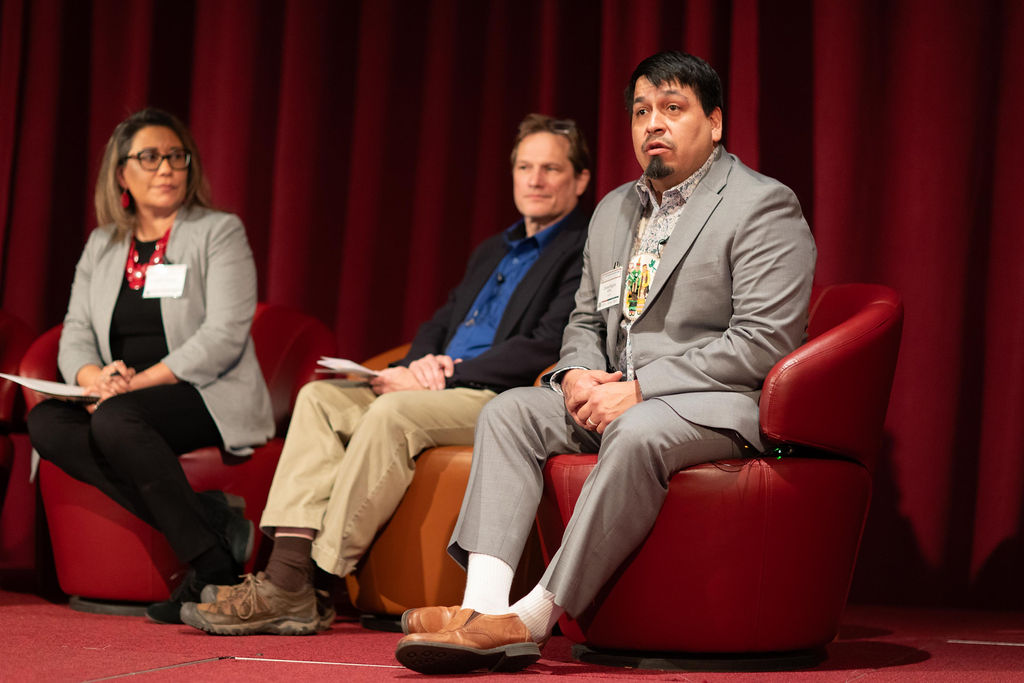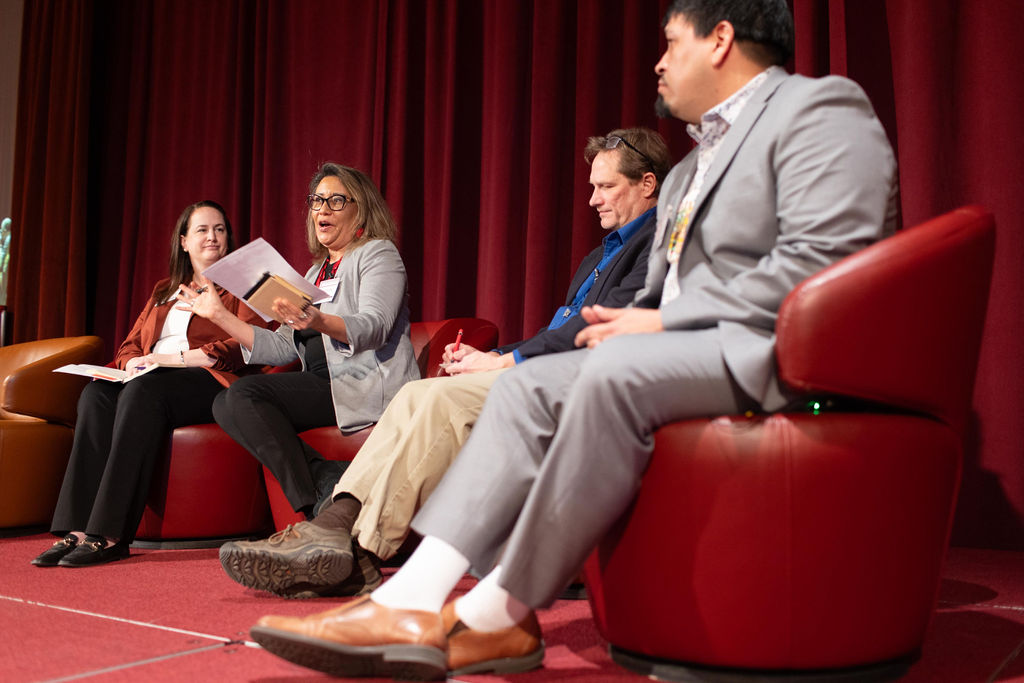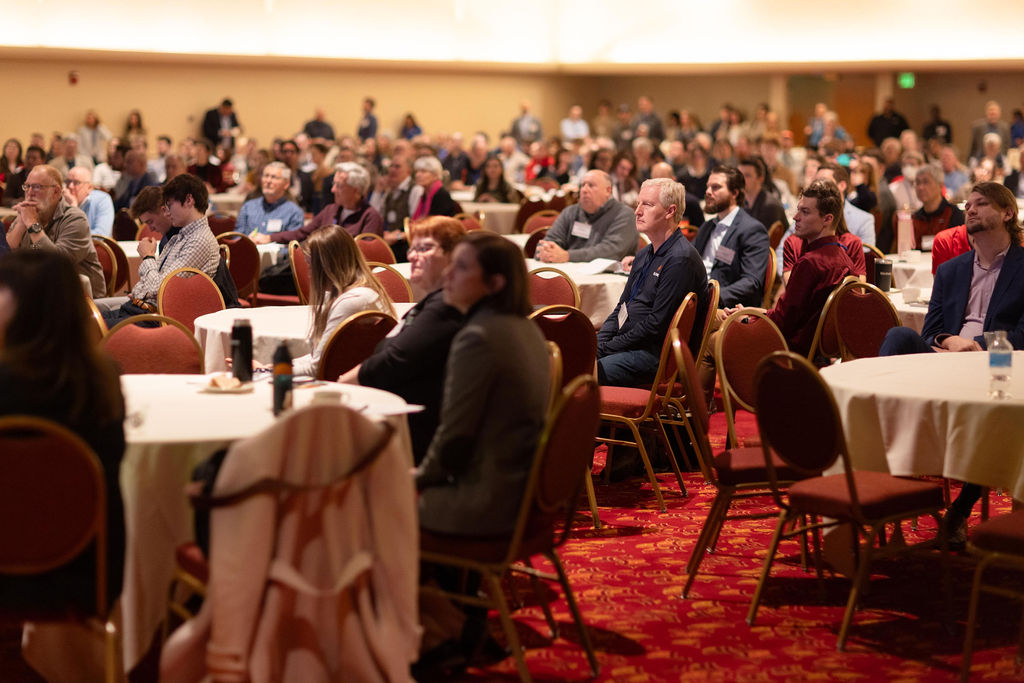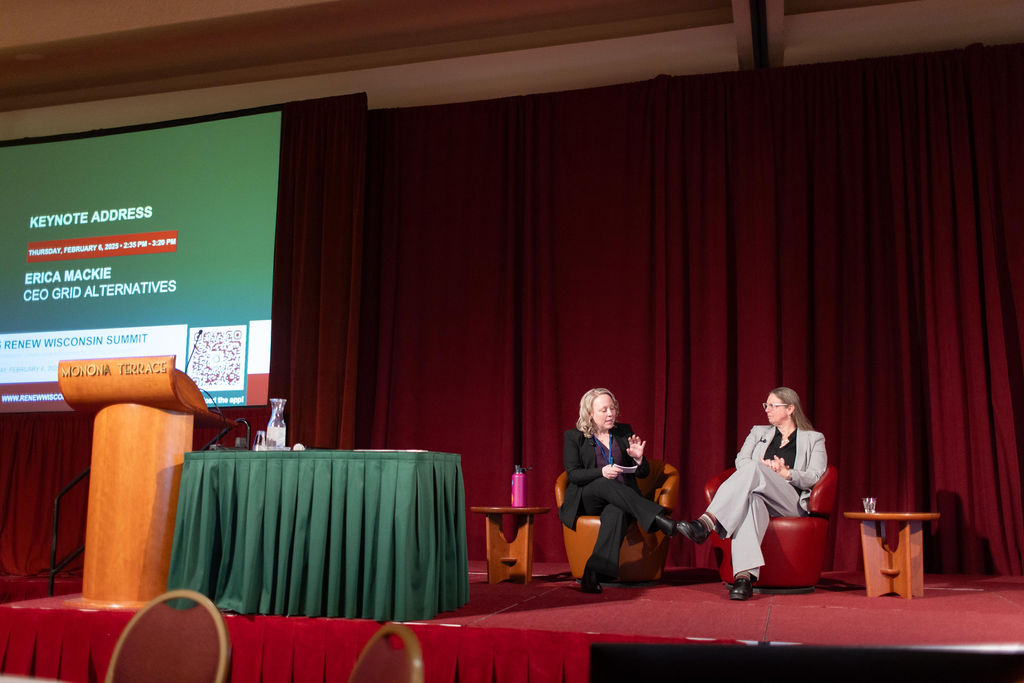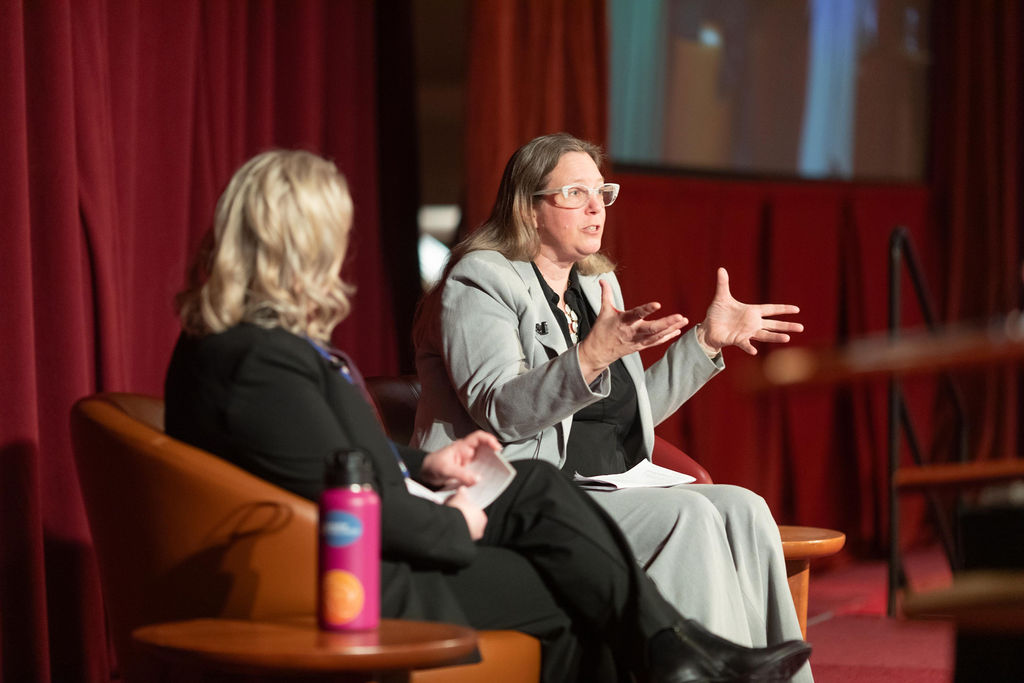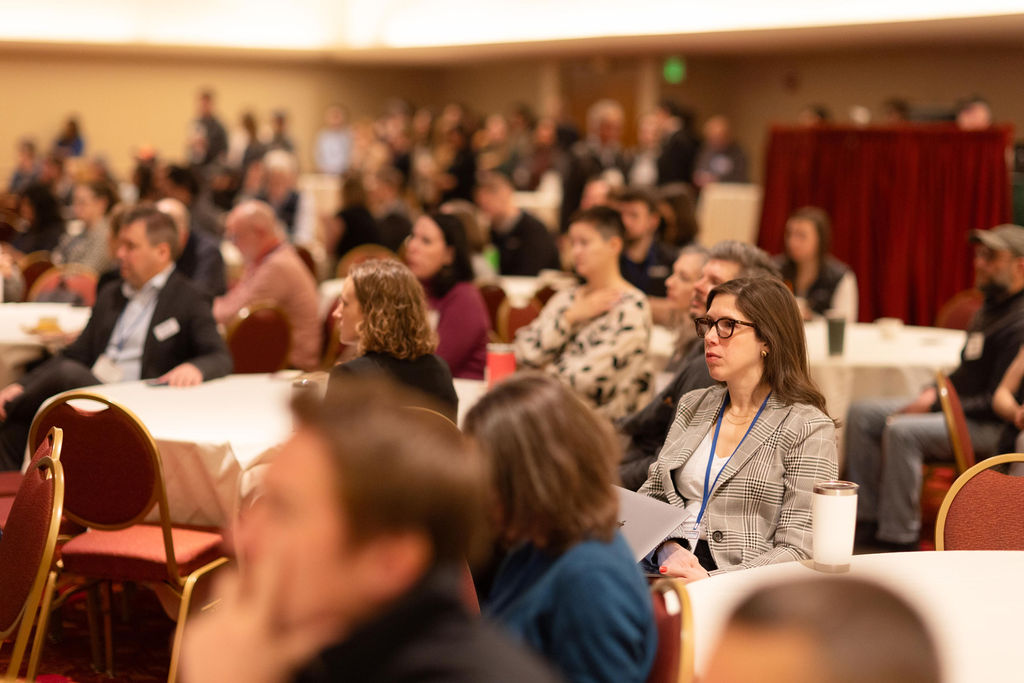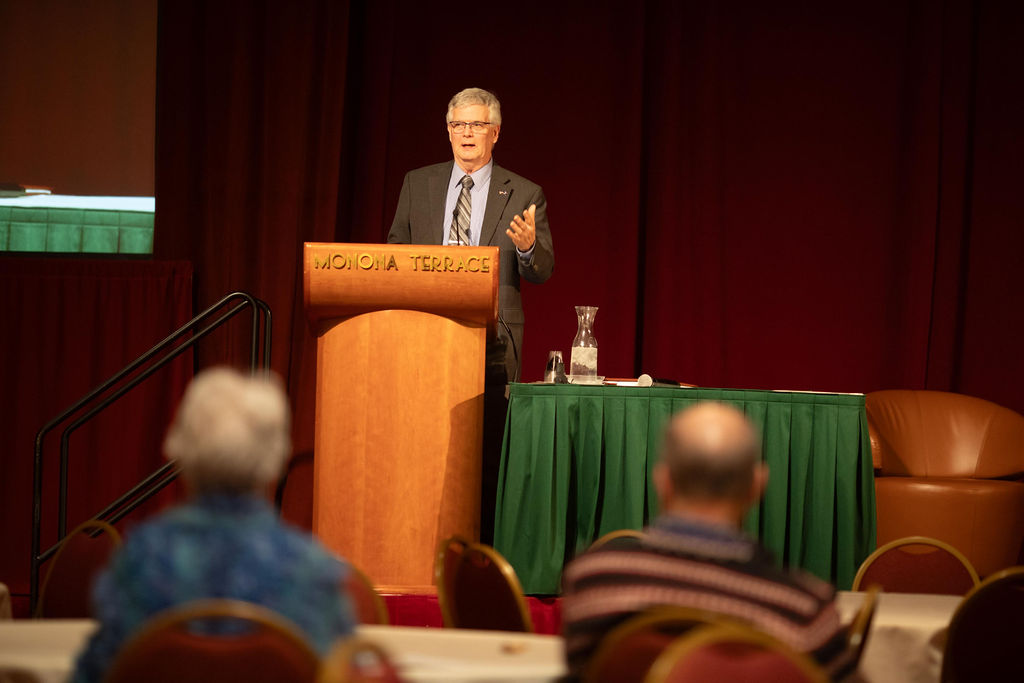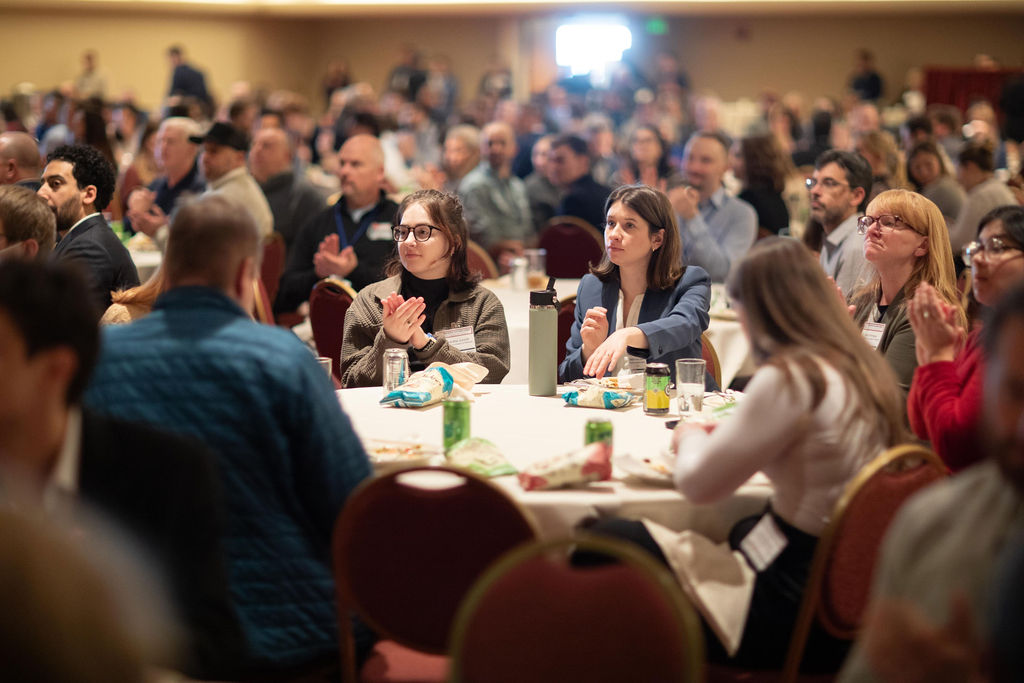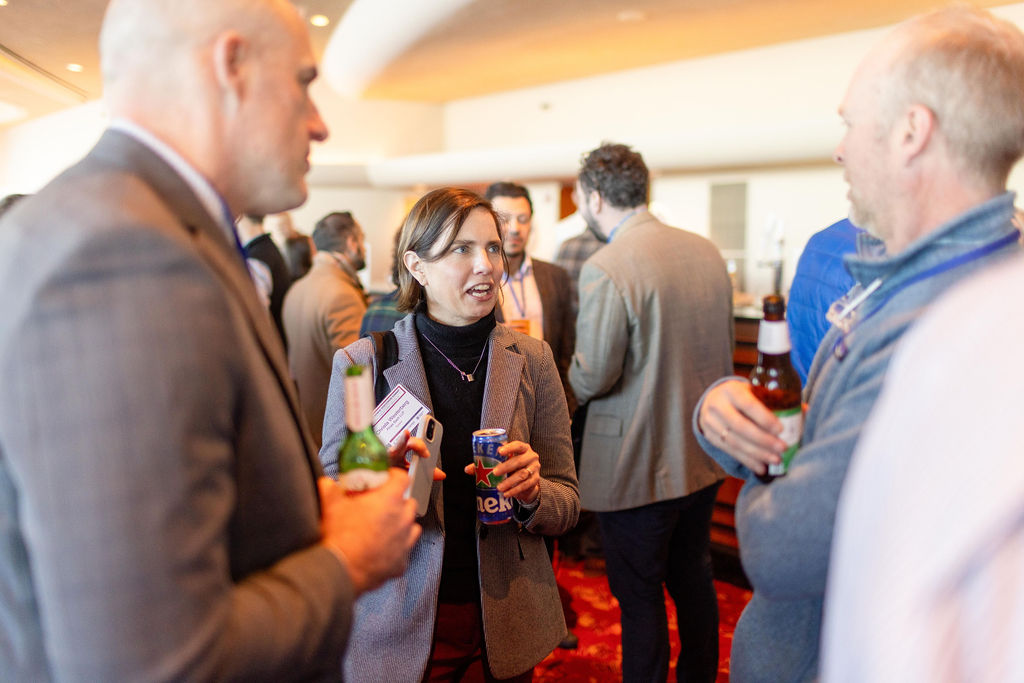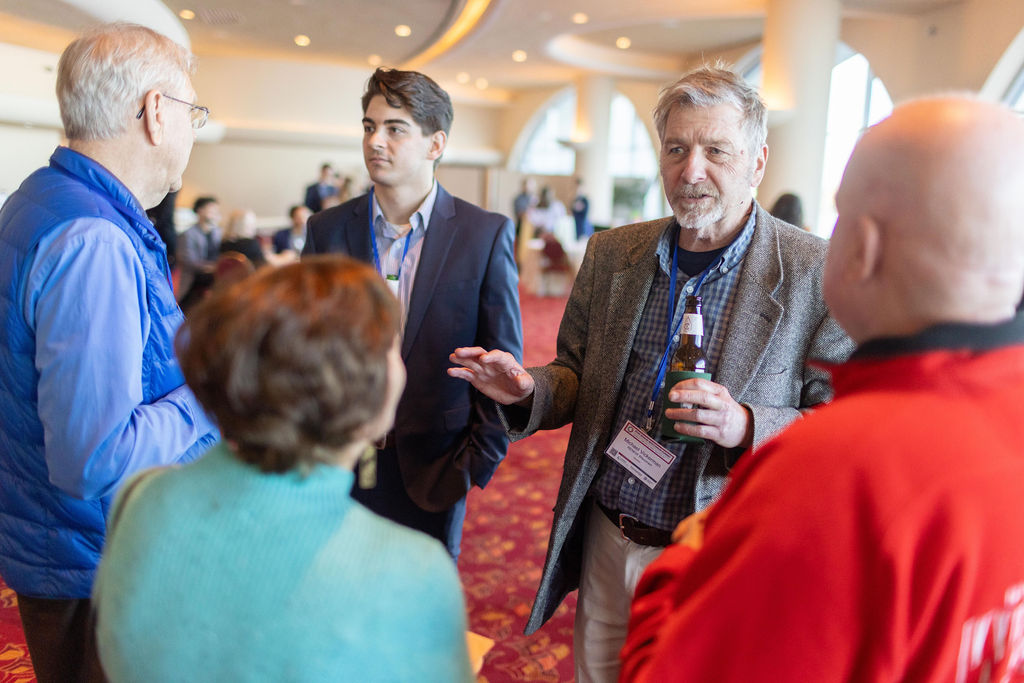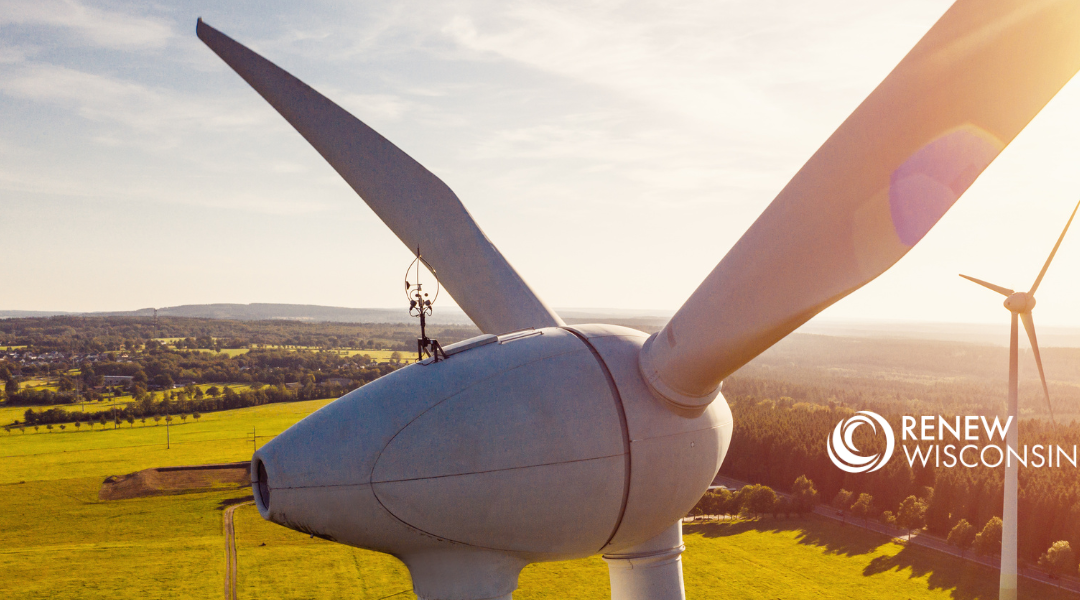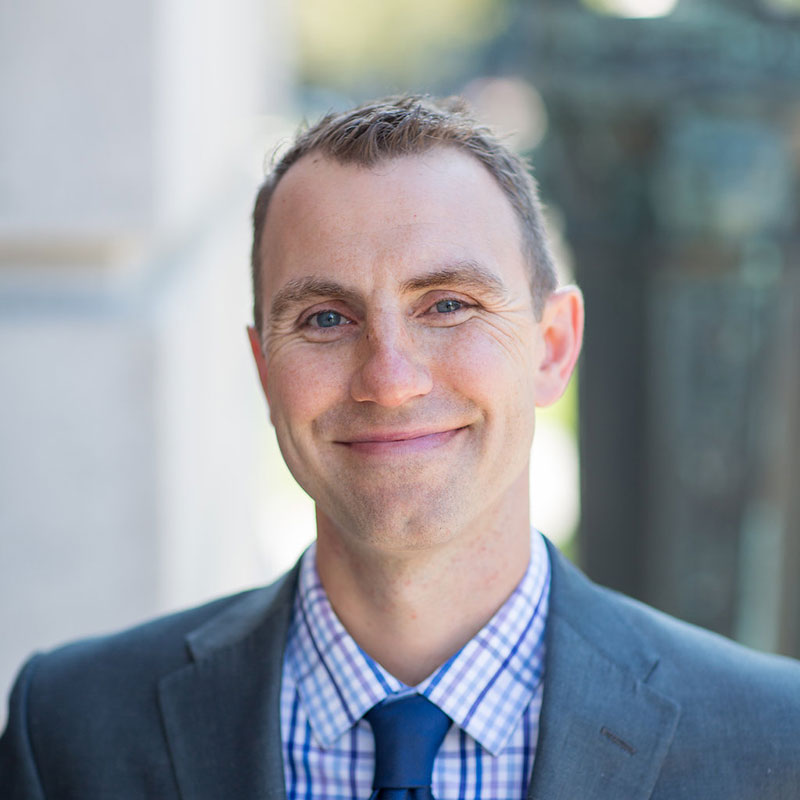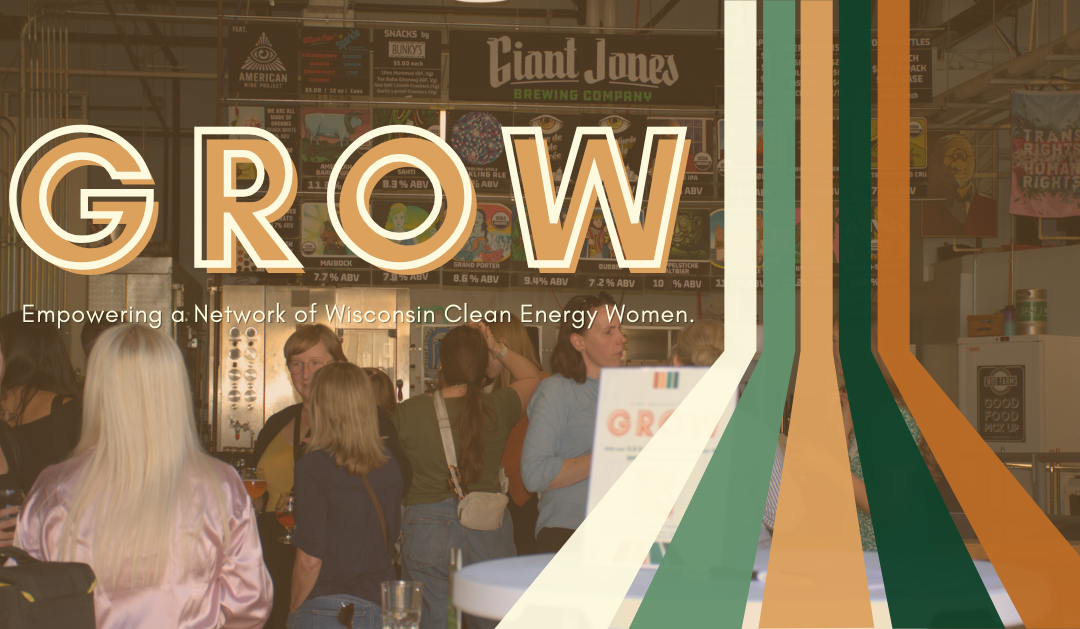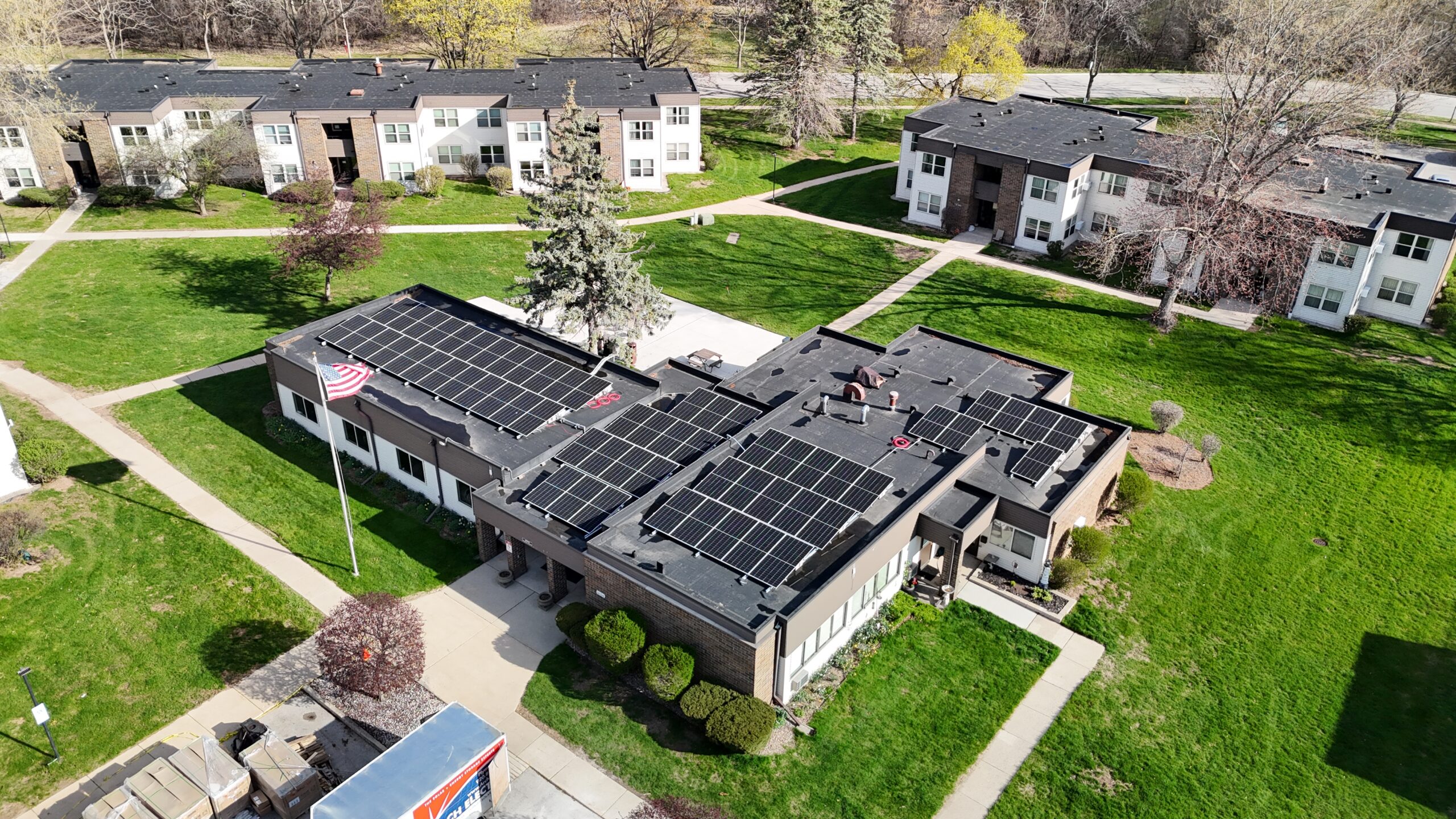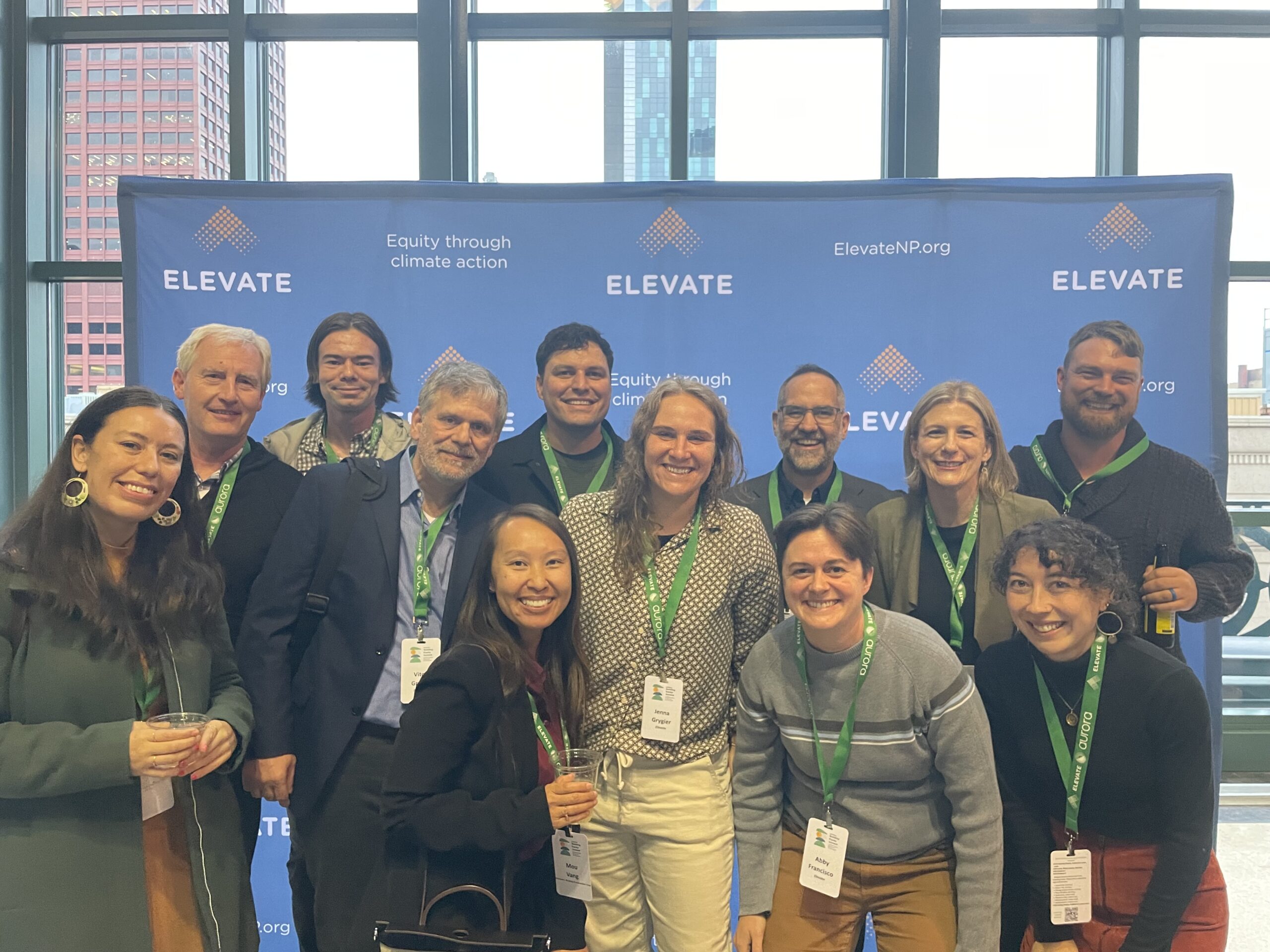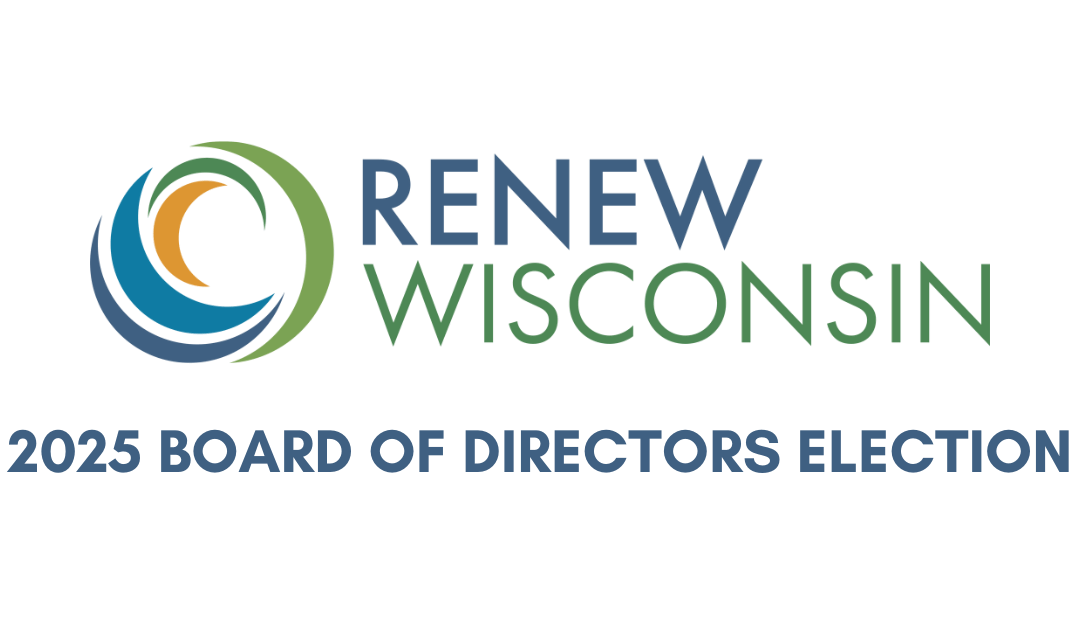
The Results of Our 2025 Board of Directors Election Are In!
Thank you to all members who voted in our 2025 Board of Directors Election. RENEW Wisconsin’s Board of Directors plays an important role in setting the strategic vision for the organization. All dues-supporting members of RENEW Wisconsin were invited to vote in this year’s Board of Directors election.
This year’s election results include three incumbent board members, Josh Arnold, Mike Barnett, and Lauren Reeg, along with two newly elected board members, Eric Callisto and Mackenzie Mindel. All will soon begin a three-year term, helping us advance renewable energy in Wisconsin.
MEET OUR NEWLY ELECTED BOARD MEMBERS
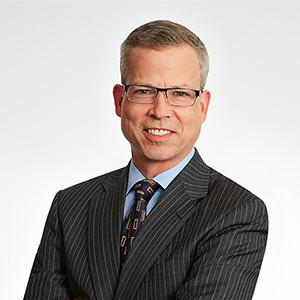
Eric Callisto
Eric Callisto is an experienced energy regulatory expert with over fifteen years of work in the clean and regulated energy and utility space. He most recently served as a lead partner in the energy practice of a large law firm and previously held key leadership roles as Commissioner, Chairperson, and Chief Operating Officer of the Public Service Commission of Wisconsin (PSC).
Eric is known for his deep expertise in renewable energy, water, and environmental matters, particularly in the regulation and siting of large-scale projects at the state and local levels. He has represented clients before state public utility commissions, environmental regulators, local utility districts, the Federal Energy Regulatory Commission (FERC), and Regional Transmission Organizations (RTOs), helping secure approval for thousands of megawatts of renewable energy in Wisconsin.
During his time at the PSC, he advanced critical infrastructure projects such as large-scale transmission and wind, and played a key role in shaping energy policy, including expanding the renewable portfolio standard, increasing energy efficiency funding, developing wind siting rules, and addressing climate change.
He has testified before the Wisconsin Legislature and FERC, lobbied Congress on energy legislation, and served as the PSC’s primary liaison to legislators, ratepayer advocates, and environmental groups. Earlier in his career, he served as Assistant Legal Counsel to the Governor of Wisconsin, Assistant Attorney General at the Wisconsin Department of Justice, and Environmental Protection Specialist at the U.S. EPA. He currently serves on the Madison Water Utility Board.
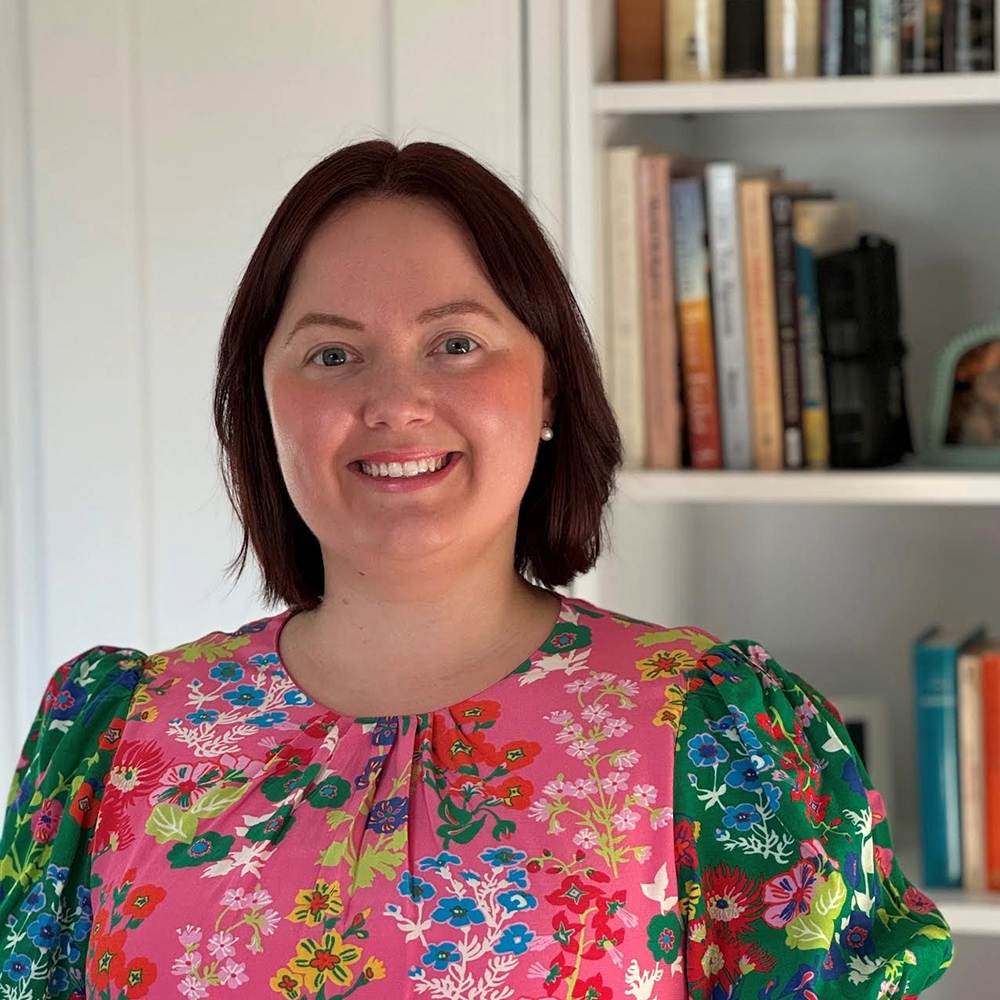
Mackenzie Mindel
“I’m thrilled to join the RENEW Board to support our excellent staff in achieving RENEW’s goals. I look forward to leveraging my perspective as an elected official and my professional experience supporting local governments around the world to further enhance and support RENEW’s mission.”
Mackenzie lives in La Crosse, Wisconsin, with her husband and two young children. She earned her Master of Arts in Social Innovation and Sustainability Leadership from Edgewood College in Madison in 2018. Elected to the La Crosse Common Council in 2021 and re-elected in 2025, she currently serves as chair of both the Judiciary & Administration Committee and the Climate Action Plan Steering Committee.
Mackenzie co-led the development of the City’s first Climate Action Plan, adopted in 2023, as well as the School District of La Crosse’s first Climate Action Plan, completed in early 2025. Outside of elected office, she is a Fellow with the U.S. Green Building Council’s Local Government Leadership Program, where she supports local governments, both in the U.S. and internationally, in advancing their climate action goals and engaging in federal, state, and local policy advocacy.
She has also served two multi-year terms on Wisconsin-based nonprofit boards, helped lead a multi-year capital campaign, and directed a multi-million-dollar fundraising program as a Director of Development for a statewide nonprofit.
RENEW BOARD OF DIRECTORS
Josh Arnold • Madison, WI
Mike Barnett • Madison, WI
Eric Callisto • Madison, WI
Mike Cornell • Hartland, WI
Samara Hamze • Stevens Point, WI
Tonyisha Harris • Chicago, IL
Alicia Leinberger • Viroqua, WI
Mariah Lynne • Albert Lea, MN
Mackenzie Mindel • La Crosse, WI
Isaiah Ness • Milwaukee, WI
Lauren Reeg • Boulder, CO
Josh Stolzenburg • Wausau, WI
Michael Troge • Seymour, WI
Michael Vickerman • Madison, WI
Ken Walz • Madison, WI
Don Wichert (DIRECTOR EMERITUS/Lifetime/Non-voting) • Madison, WI
Thanks again to all of our members who participated in the election and used your voice to help shape RENEW’s future! And thank you to all candidates who offered their expertise and time to help our organization grow and thrive.

